|
Barred Owl Fledgling, Lake Erie Nature and Science Center, Bay Village, Ohio, May 14, 2022 This is Part 4 or a 5 part series on Spring Migration in NW Ohio in May of 2022. The prior posts are stacked up in this blog stream, or, for your browsing convenience, listed below with links. Part 1, June 5, 2022, covered 6 species of migrating warbler, with a call-out on Magee Marsh and the Black Swamp Bird Observatory. Part 2, June 11th shifted gears and looked at 5 species of resident woodpeckers in NW Ohio, with call-outs to Pearson Park, one of the Toledo Metroparks, Kelley's Island, and Cuyahoga National Park. Part 3, June 22nd, covered more warblers at Magee Marsh, Pipe Creek Wilderness on Sandusky Bay, as well as Wendy Point in Cleveland. This post, 4 of 5, explores the Lake Erie Nature and Science Center and the Lights-out Cleveland program, a Barred Owl momma and her two fledglings at sunset, Wood Ducks up in a tree and in the water, an American Woodcock hiding in the understory, a Common Nighthawk (technically "common" but generally hard to see!) snoozing on a branch and hunting moths in the air, and a surprise mammal in closing. So, hang on, here we go! Lights Out Cleveland: A Rose-breasted Grosbeak is released!Canon EOS R6, RF 100-500mm at 118mm, f/8.0, 1/3200 sec, ISO 6400 Lights Out Cleveland is a collaborative project to make the urban landscape in Cleveland safer for migrating birds, by reducing building lighting during peak migration times. Many birds migrate at night and are attracted to building lighting or lights aimed at the sky, become disoriented, and fly into the structures. The program aims to reduce this lighting and decrease the number of collisions. Key supporters of the program are the Cleveland Museum of Natural History and the Lake Erie Nature and Science Center. As part of the program, volunteers recover stunned birds in the early hours of the morning and transport them to the Center to be cared for until they are ready for release. We had the privilege of hearing about the program at the Center, and helping release three birds. As you can guess, when that little bundle of feathers gets close to the grass, it moves very fast. I was able to catch this female Rose-breasted Grosbeak as she made for the exit. I have realized that identifying the species in this case requires only the ability to read an acronym: the four letter acronym for Rose-breasted Grosbeak (RBGB) is written on the bag! For those interested in the standard abbreviations commonly used by bird researchers and banders, see this Wikipedia Page: Bird Codes. For more on Lights Out in New York City, including new laws designed to decrease light pollution during peak migration, see All About Birds, New York City Passes Landmark Lights-Out Laws The Rose-breasted Grosbeak is a songbird in the Cardinal family (cardinalidae). The species winters in southern Mexico, Central America, the Caribbean, and South America, and migrates north through the U.S. east of the Rockies to breed in the northern U.S. and Canada. This female may continue to migrate north, or could stay in NW Ohio. The females are streaked brown and white with a bold facial pattern, and large bill characteristic of this species and others in the cardinal family. I have added other images, below, to show the striking appearance of the male: black and white with a rose-red breast. The photograph directly below was captured at Oak Openings Preserve Metropark on May 19th, against a very bright, milky sky. Canon EOS R6, RF 100-500 mm at 500 mm, f/7.1, 1/1000 sec, ISO 500, EV +2 The image below was captured at High Island Texas, on the Texas coast on April 26, 2019. A male is eating mulberries on his migration north. Note that the Texas coast migration in April continues up into Ohio in May. Canon EOS 7D Mark II, EF100-400 mm at 500 mm, f/8/0, 1/640 sec, ISO 4000, EV +2/3
Barred OwlCanon EOS R6, RF 100-500 mm at 500 mm, f/8.0, 1/500 sec, ISO 3200, EV +2 The Center is dedicated to animal welfare, and close to one of their outdoor trails, we spotted this adult Barred Owl, likely a female snoozing late in the day. She has her face partially under the right wing, then slowly pulls her head up and opens her eyes to see what is going on. The Barred Owl lives year round from Florida and the Texas Coast up into the plains states, mid-west, New England and into Canada. Originally a bird of the eastern U.S., during the twentieth century the owl's range extended into southern Canada and west to Vancouver, then south into the Pacific Northwest. They are not residents of the desert southwest. They like old forests and treed swamps, and can be heard at night to hoot, "who cooks for you? Who cooks for you-all?", not to be confused with the call of the White-winged Dove. The calls are different, as well as the time and place the birds live and call. Also, to my ear, recordings of the Barred Owl have more of a barking sound than the White-winged Dove. In fact, playing it at home got my dog barking and running for the door! The female shown above has a nest nearby, with at least two (maybe three) fledglings who were out of the nest, but not ready to fly. One of them, sitting deep in an evergreen and facing the setting sun, is seen below. Canon EOS R6, RF 100-500 mm with RF 1.4x extender at 700 mm, f/10, 1/1000 sec, ISO 2000, EV -1/3 The second fledgling we spotted (shown below) apparently had fallen off of a tree branch and onto the ground the day before. Usually fledgling owls do fine on the ground with their mother's tending to them. However, in this semi-urban setting there are a lot of raccoons around which pose a risk to the fledgling, so the Center staff returned this owl to a branch, very close to the trail. Canon EOS R6, RF 100-500 mm at 500 mm, f/8.0, 1/1000 sec, ISO 3200, EV +1/3 In the image above the owl is snoozing, and below, opens his eyes. Above and below the fledging is checking out his surroundings and stretching. Remember that owls are nocturnal, so late afternoon is their morning. He is just getting up. Canon EOS R6, RF 100-500 mm at 500 mm, f/8.0, 1/500 sec, ISO 3200, EV +1/3 Below, more stretching, including the wings. New yoga pose, "Upward Owl." Image above, time to stretch the wings up. He is hanging on by one leg, the other seems to be looking for a branch in the air. It is easy to see how he fell the first time! It appears that the underwing coverts, feathers that cover the base of the flight feathers, are not in yet, leaving the base of the primaries and secondaries exposed. Below, back on the perch, bright-eyed and ready for the night. Wood Duck: Oak Openings Preserve MetroparkCanon EOS R6, RF 100-500 mm with RF 1.4 extender at 700 mm, f/10, 1/3200 sec, ISO 4000, EV +1 Wood Ducks are one of two duck species, along with the Hooded Merganzer, who climb trees and nest in cavities. They can do this because their webbed feet have nails. Above we see a male on the left, and a female on the right on a tree limb near the boardwalk at Magee Marsh. Yes, some ducks can climb trees! Wood Ducks are cavity nesters, with the female inspecting cavities in trees 1 to 2 feet in diameter, 2 to 60 feet off the ground, while the male stands by and watches. They prefer large holes, usually where a branch has broken off. They have clutches of 6 to 16 eggs, and on occasion a female may will lay her eggs in the nest of another female Wood Duck (infraspecific brood parasitism) and leave that female to raise them. Large clutches become larger, and nests with up to 29 eggs have been reported. Chicks hatch alert and with a full coat of down. A day after hatching they climb out of the nest and fall to the ground. They follow mom to the nearest body of water where they begin to feed on seeds, fruits, insects and other arthropods; they can eat nuts and grains from dry land. Below at Oak Openings on May 19th we spotted a mom with about a dozen chicks following her downstream. Canon EOS R6, RF 100-500 mm with RF 1.4x extender at 700 mm, f/10, 1/3200 sec, ISO 4000, EV +1 And, some images from Tucson, ArizonaThe male Wood Duck below was photographed at Reid Park in Tucson, Arizona, in February of 2017. For some reason he had decided to bathe in a artificial pool on the north side of Barnum Hill that empties into the north pond. I was able to get very close and capture these images. Canon EOS 7D Mark II, Sigma 150-600 C series at 157 mm, f/5.0, 1/320 sec., ISO 400 My subject was very cooperative and stood on a rock in the middle of the pond so I could see his spectacular feet. In the cropped image below we can see the nails at the end of his toes that allow climbing on trees. Another cavity nesting duck, a Hooded Merganser in TucsonThe images above are of Hooded Mergansers wintering at Agua Caliente Park in Tucson, male on the left, female on the right. Hooded Mergansers are the one other species of ducks that nest in cavities. Like the Wood Ducks, the young also leave the nest at one day of age. However, whereas Wood Ducks are dabblers (flipping their heads down in the water for food), Hooded Mergansers are divers, and hatchlings begin diving for food with mom and their siblings right away. The morning of Oak Openings . . .Every day starts with an early breakfast, usually at a diner catering to anyone who needs to be up early, This morning we stopped at the Woodville Diner in Oregon, Ohio, and had a great breakfast. Yes, they have lots of coffee. I especially like the sign on the left, "Drink Coffee, Do stupid things faster and with more energy!" Thursday the 19th we started the day (after breakfast) at Oak Openings Preserve Metropark, on the west side of Toledo. On the map below, Toledo is toward the upper right corner, Oak Openings toward the bottom left at the yellow square. Oak Openings Preserve is 5,000 acres, and home to the nation's only treehouse village! It was named by pioneers who survived the trek west through the Great Black Swamp and named the area "Oak Openings" after the widely spaced oaks dotting a vast prairie. It is a huge and varied area, and a beautiful place to see birds. Below, one of the trails. Not a swamp! American WoodcockCanon EOS R6, RF 100-500 mm with RF 1.4x extender at 700 mm, f/10, 1/800 sec, ISO 1000, EV +2/3 During our walk through portions of Oak Openings we crossed a bridge over a stream and some very alert person (I suspect Dan or Andy) spotted this American Woodcock well camouflaged by the side of the stream. The images above and below are the same, but with different crops, to show how well this bird blends in. Above it looks like a "Where's Waldo" book, and the shot below is not much better, in spite of cropping and some gentle image processing. The American Woodcock is in the order Charadriiformes, collectively known as Shorebirds. It is in the family Scolopacidae, Sandpipers and Allies. This shorebird lives away from the shore, favoring forest floors where it is superbly camouflaged against the leaf litter. They eat earthworms and other invertebrates from the soil. They have long bills, with flexible upper mandibles specialized for capturing and extracting earthworms. They live year round in the southern U.S. and may breed further north as far as Canada. This bird is in its breeding territory. They are described a goofy looking birds with long bills, big eyes, a squat, plump shape, and a funny bobbing motion as they walk. The males and females look the same, but the females are larger, an attribute hard to ascertain unless you spot multiple members together. We were lucky to find this guy (or gal) on the forest floor. Common NighthawkCanon EOS 7D Mk II, EF 100-400mm with 1.3x Mk III extender, 560 mm, f/8.0, 1/1000 sec., f/8.0, ISO 1000, EV + 1 2/3 The Common Nighthawk is in the Order Caprimulgiformes, Family Caprimulgidae, otherwise known as Nightjars and Allies. In addition to the Common Nighthawk, the family includes the Lesser Nighthawk, Common Pauraque, Common Poorwill, Chuck-will's-widow, and the Eastern Whip-poor-will. Common Nighthawks sleep during the day, laying flat on branches or on the ground, well camouflaged. They take to the skies at night to catch insects on the fly, especially moths. The image above was captured on the Bolivar Peninsula on the Texas coast in April of 2019, and the two images below at Maumee State Park near our hotel on May 19, 2022. Canon EOS R6, RF 100-500mm with RF 1.4x extender at 560mm, f/10, 1/4000 sec, ISO 8000, EV +1 1/3 The Common Nighthawk hides extremely well during the day, and it was the persistence of our guide Dan Donaldson looking for this exact species on the tree branches that led to this discovery. The images that follow were captured at Pearson Metropark on May 16th, the same evening I photographed the Pileated Woodpeckers in Post 2. Common Nighthawks eat exclusively insects on the fly, especially moths taking flight just before sunset, and just before sunrise. The sun was below the horizon for us terrestrials in the parking lot, but still shining on the tree tops. We can see that this bird was flying in and out of the sun. The white markings on the wings and neck are quite visible. A very different looking bird in flight than folded up on a branch! Canon EOS R6, RF 100-500 mm at 500 mm, f/7.1, 1/1600 sec, ISO 16000, EV +1 2/3 The Common Nighthawk has a very large mouth, good for catching flying insects. Like a big fielders glove gobbling up baseballs! In the last frame we can see his mouth open. And, in closing, we saw more than birds . . .Canon EOS R6, RF 100-500 mm with RF1.4x extender at 700 mm, f/10, 1/1000 sec, ISO 10000, EV +2/3 Let's close with another denizen of the Lake Erie Nature and Science Center, a juvenile Woodchuck or Groundhog, sitting on the sandy soil the species likes for digging burrows. That's all for now! Stay tuned for Post 5 of 5, coming soon.
Happy Trails!
2 Comments
Susan
2/24/2024 03:01:41 pm
Beautiful photos! So glad you posted your website. Thank you!
Reply
Henry Johnson
2/24/2024 05:02:05 pm
Susan: I am glad you like the photos. If you want an email when I release a new post - about once a month - send me your email address to [email protected]. I do not share my list with anyone, and you can drop off anytime you wish.
Reply
Leave a Reply. |
AuthorHenry Johnson, photographer and author of this site. For more detail, see About
Categories
All
Archives
July 2024
|
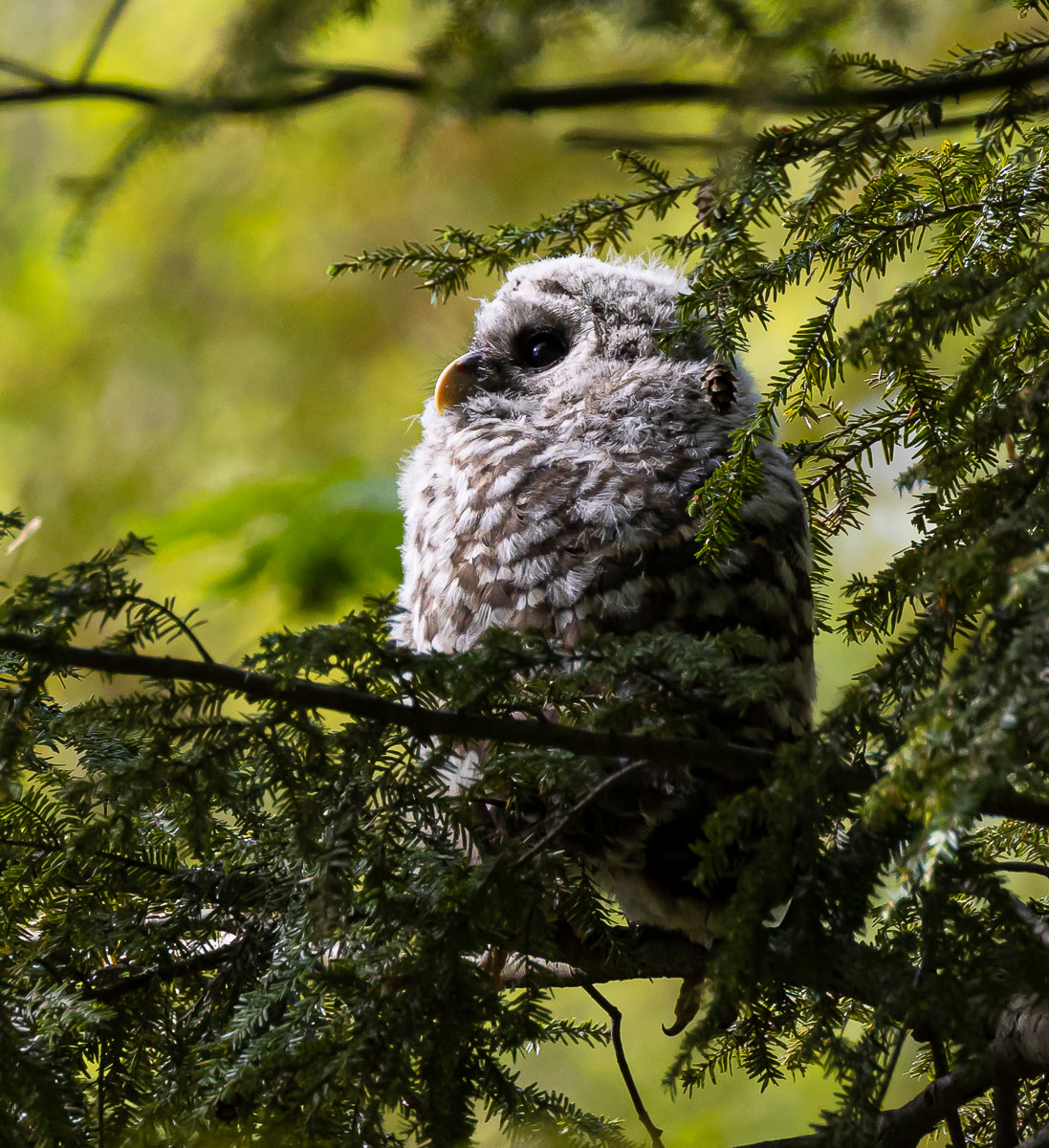
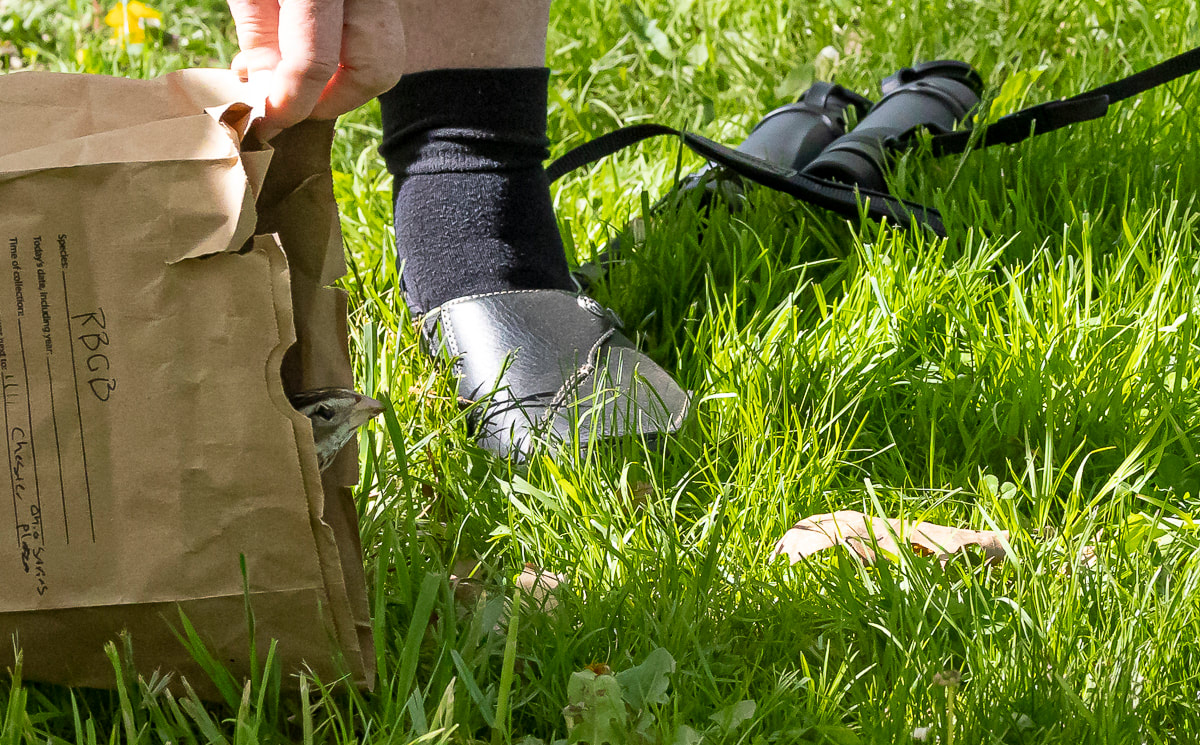
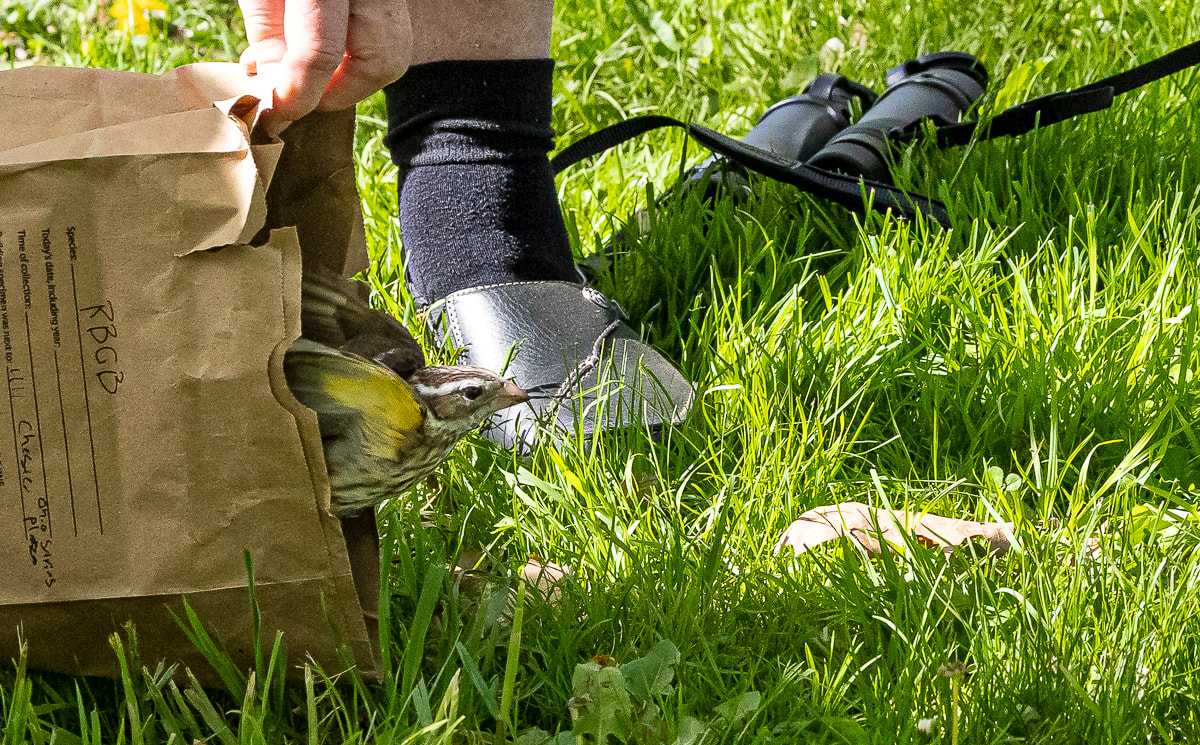
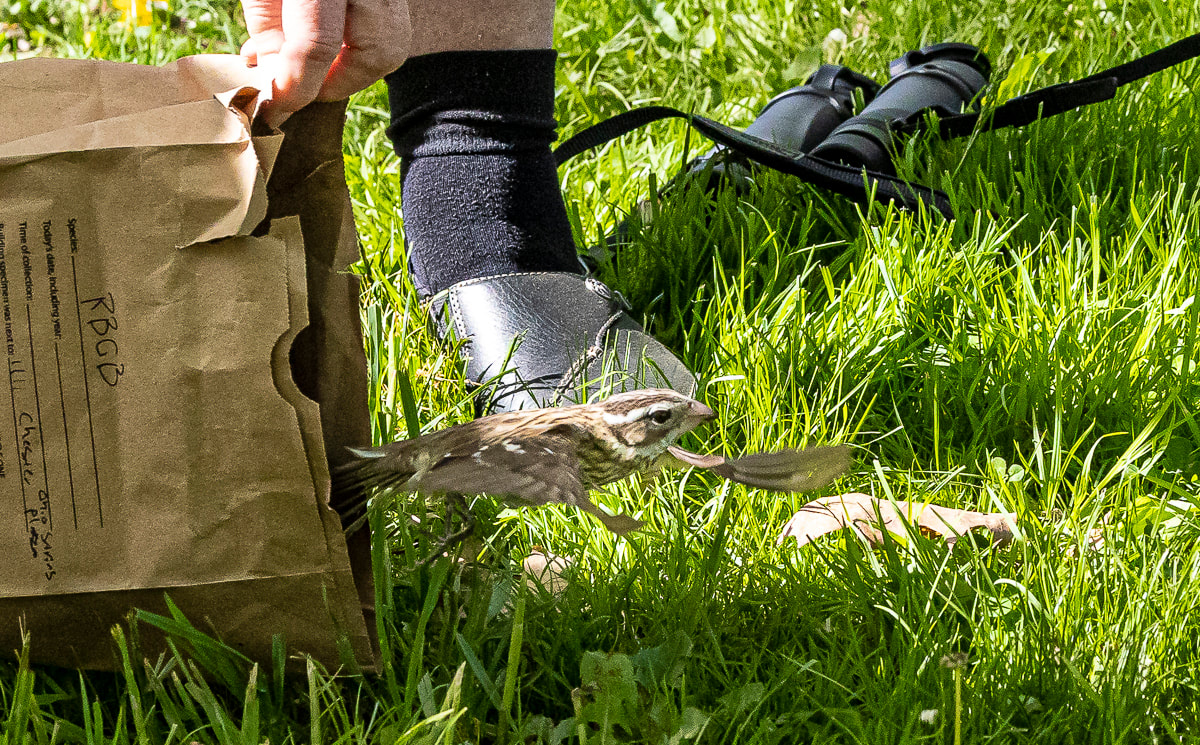
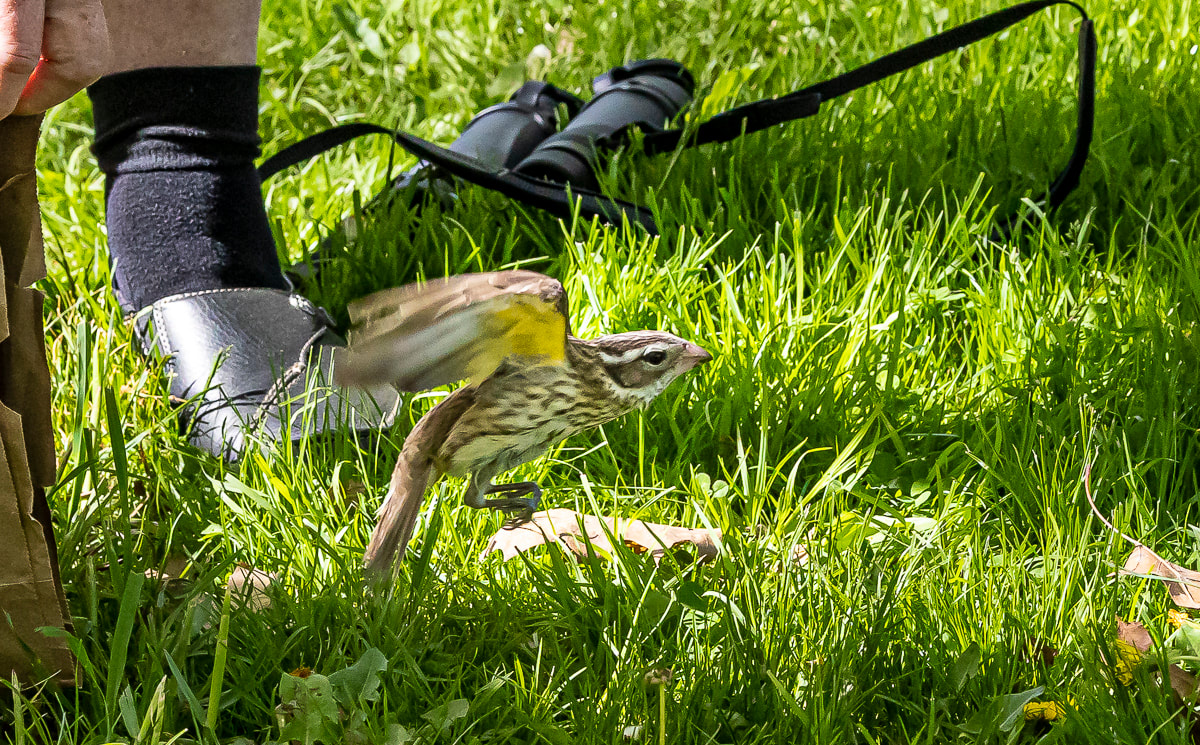
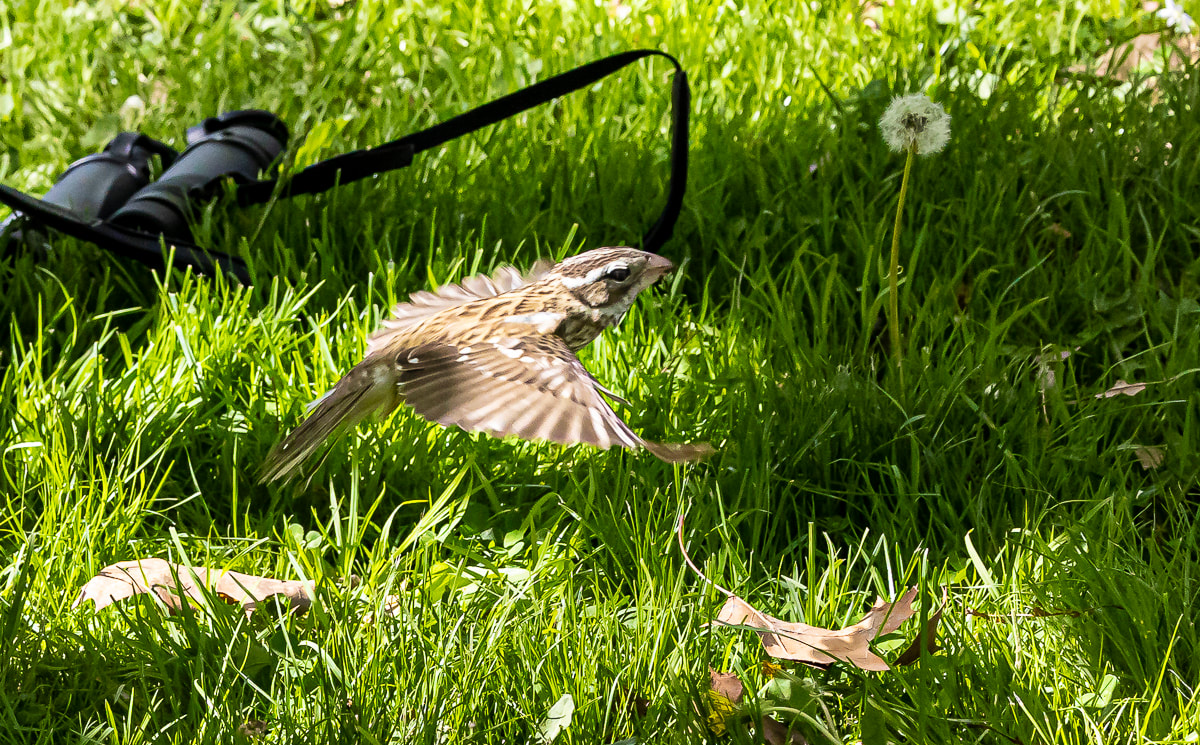
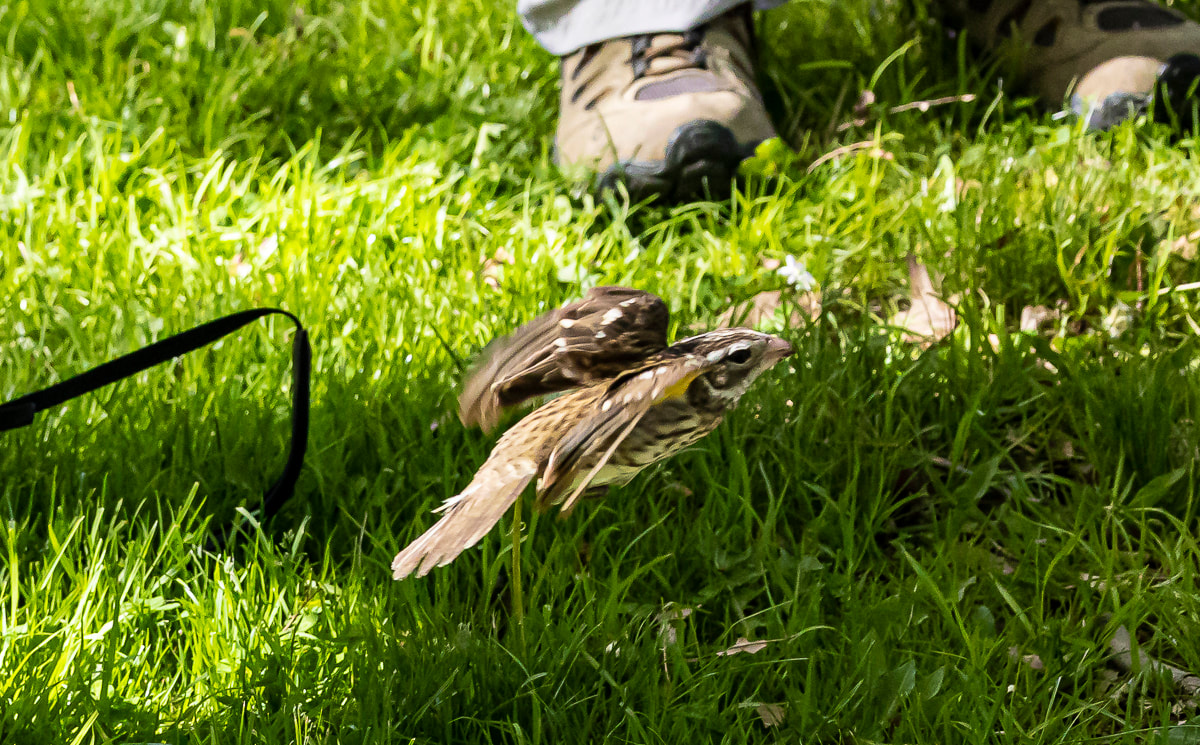
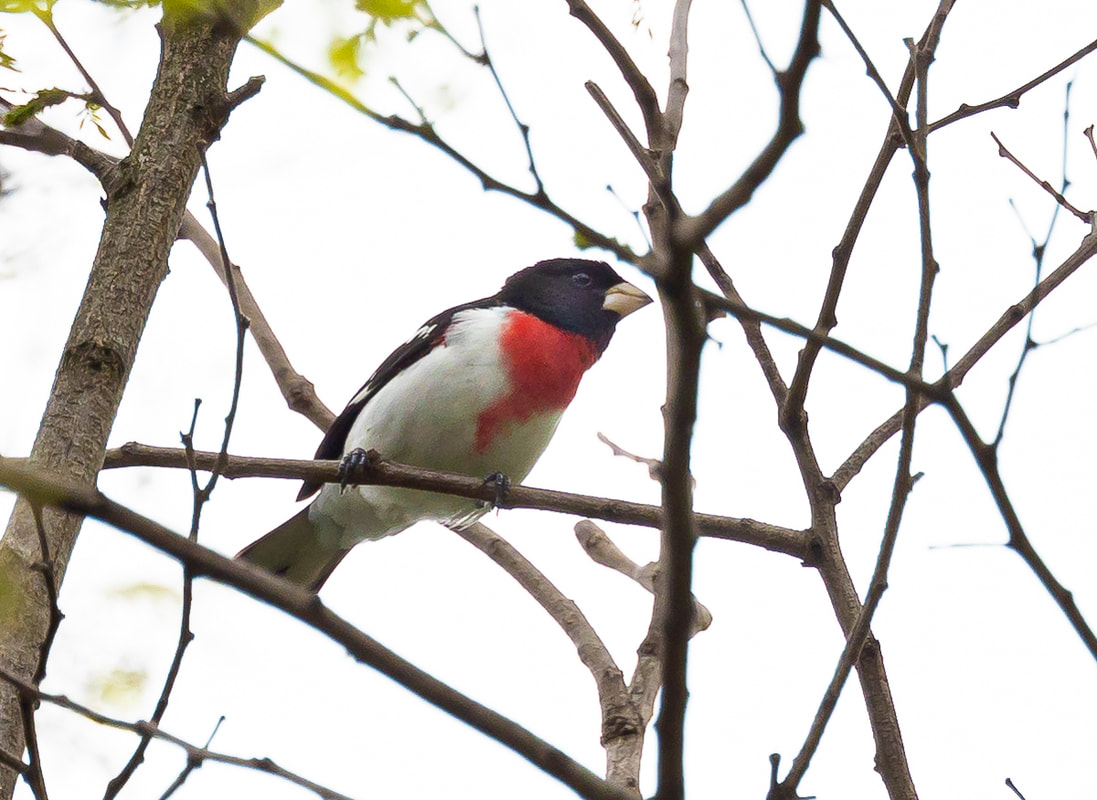
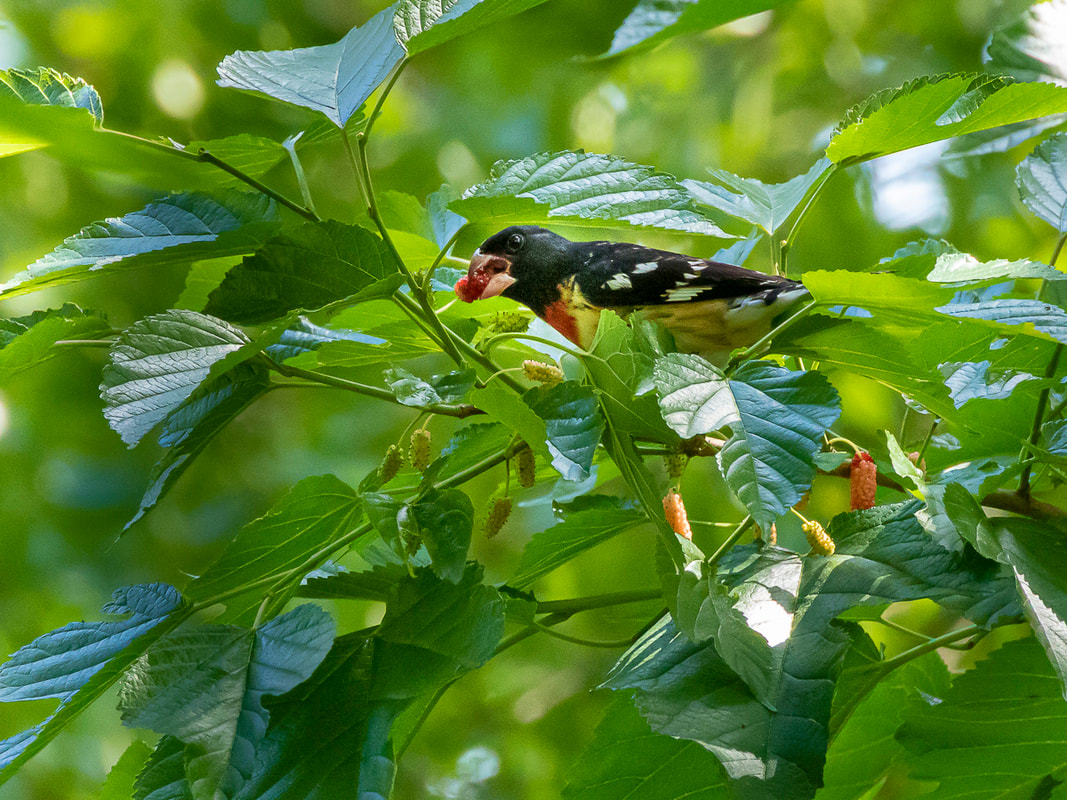

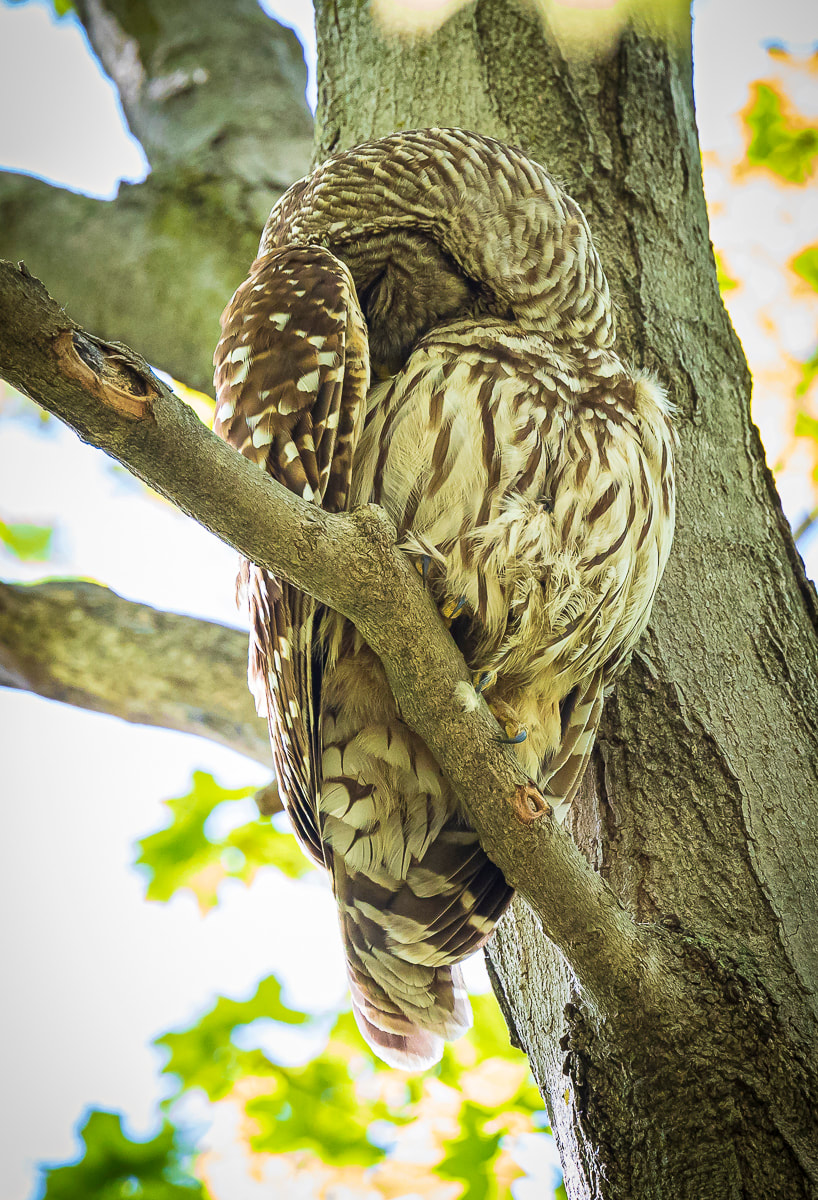
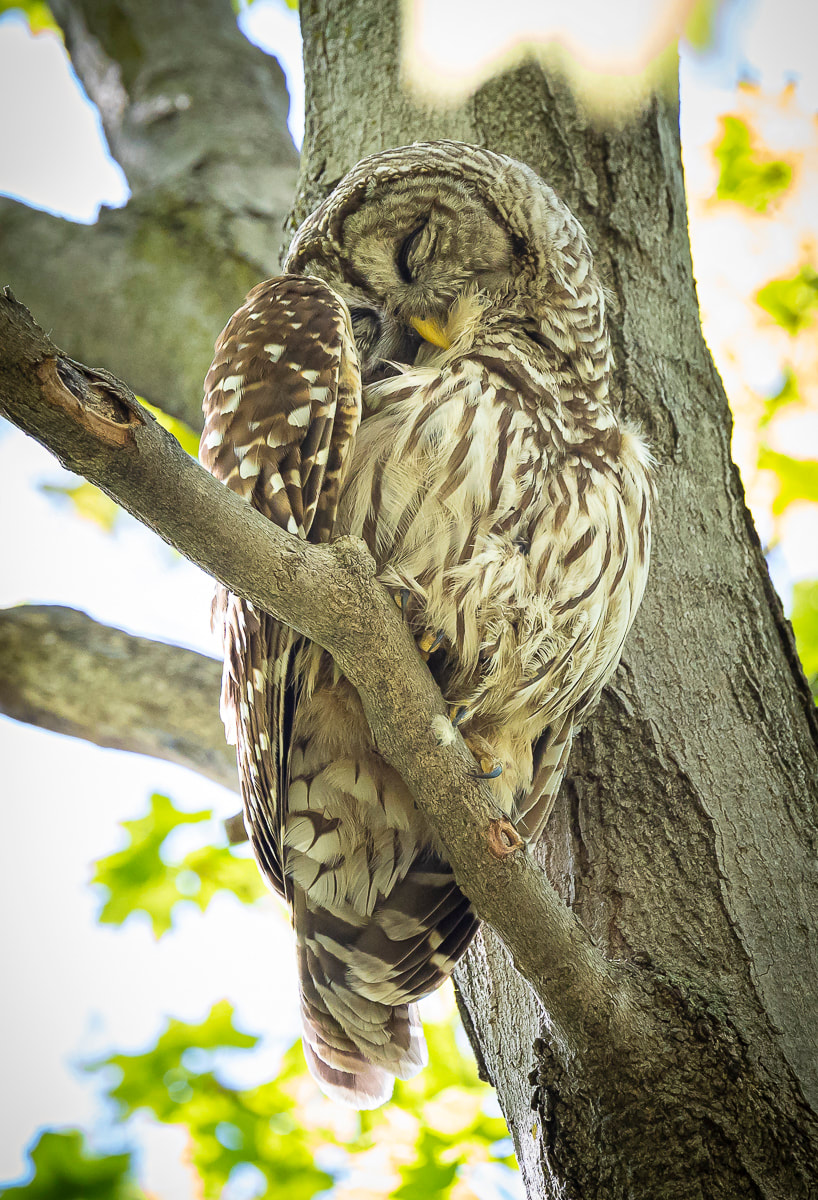
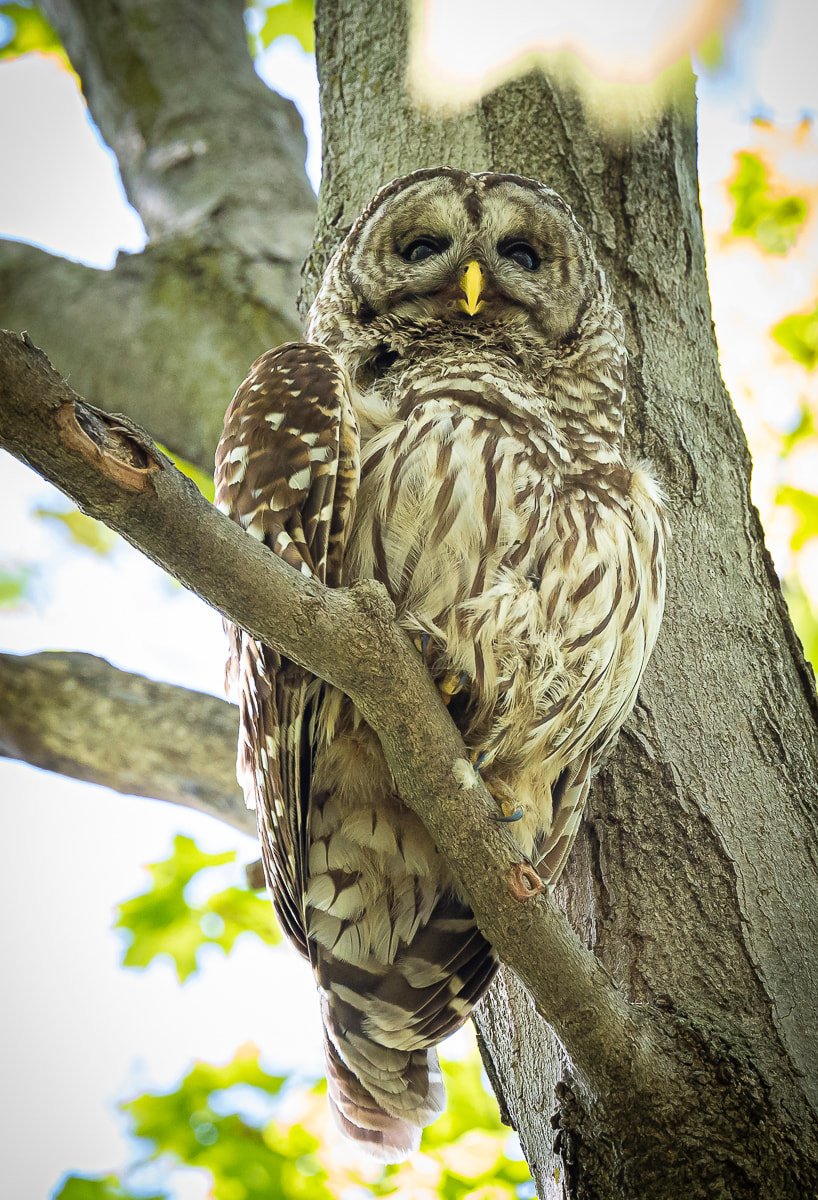
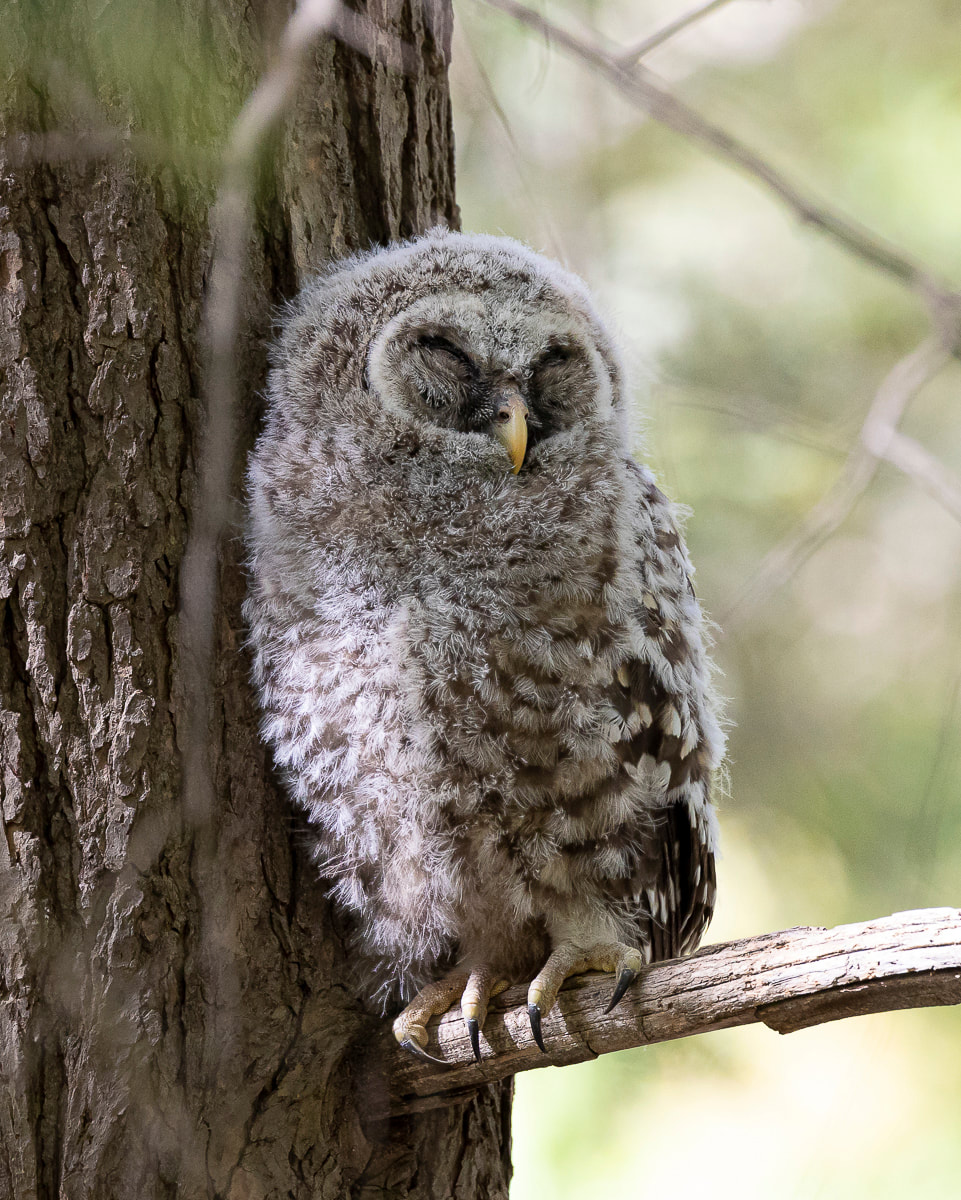
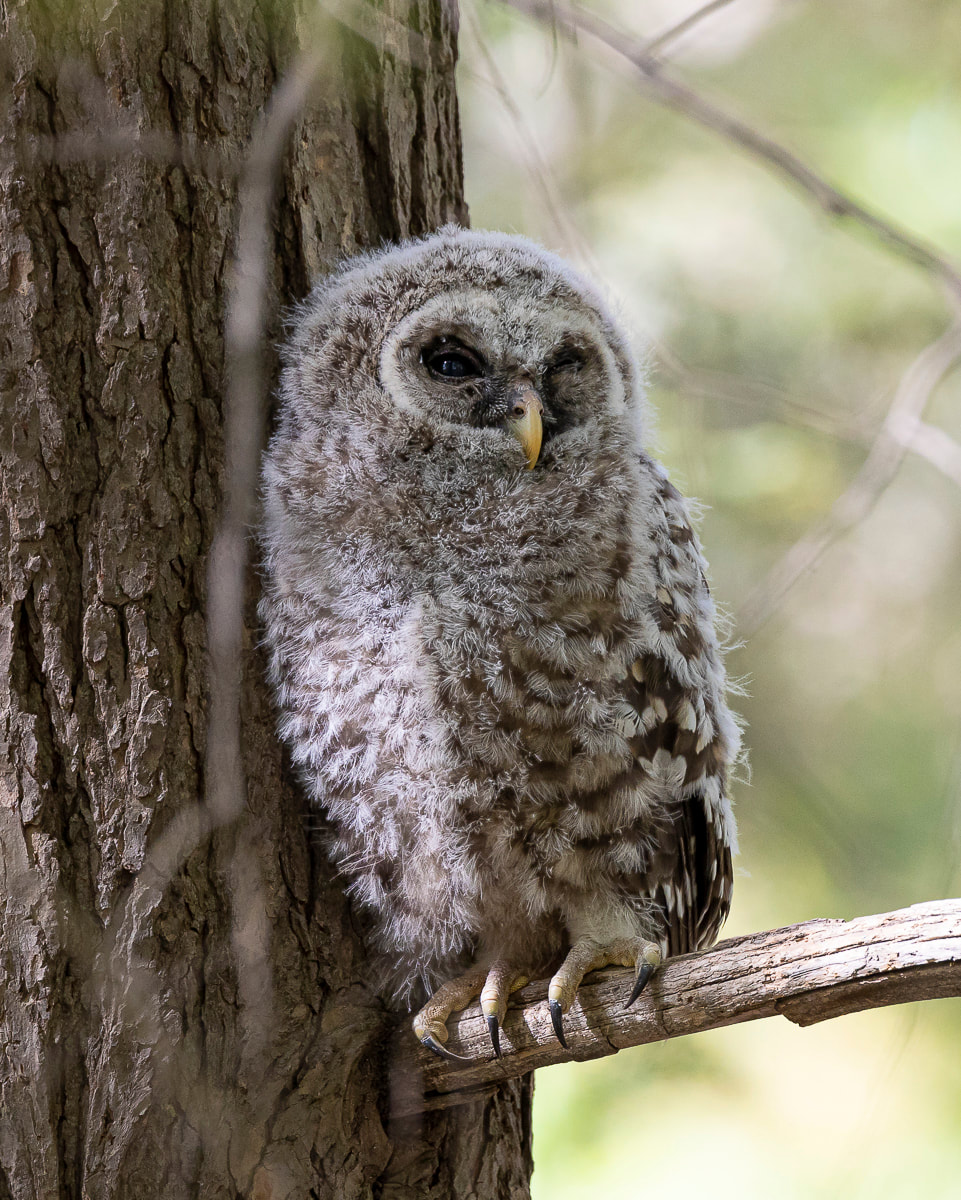
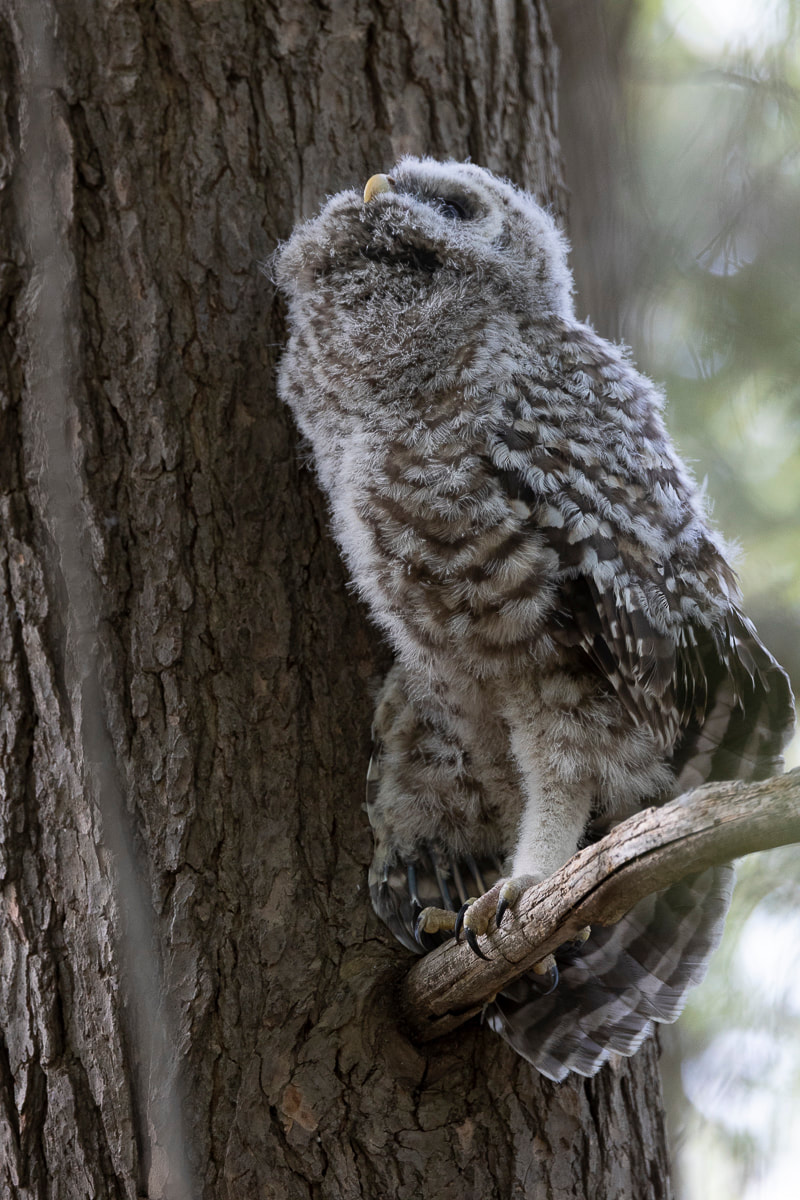
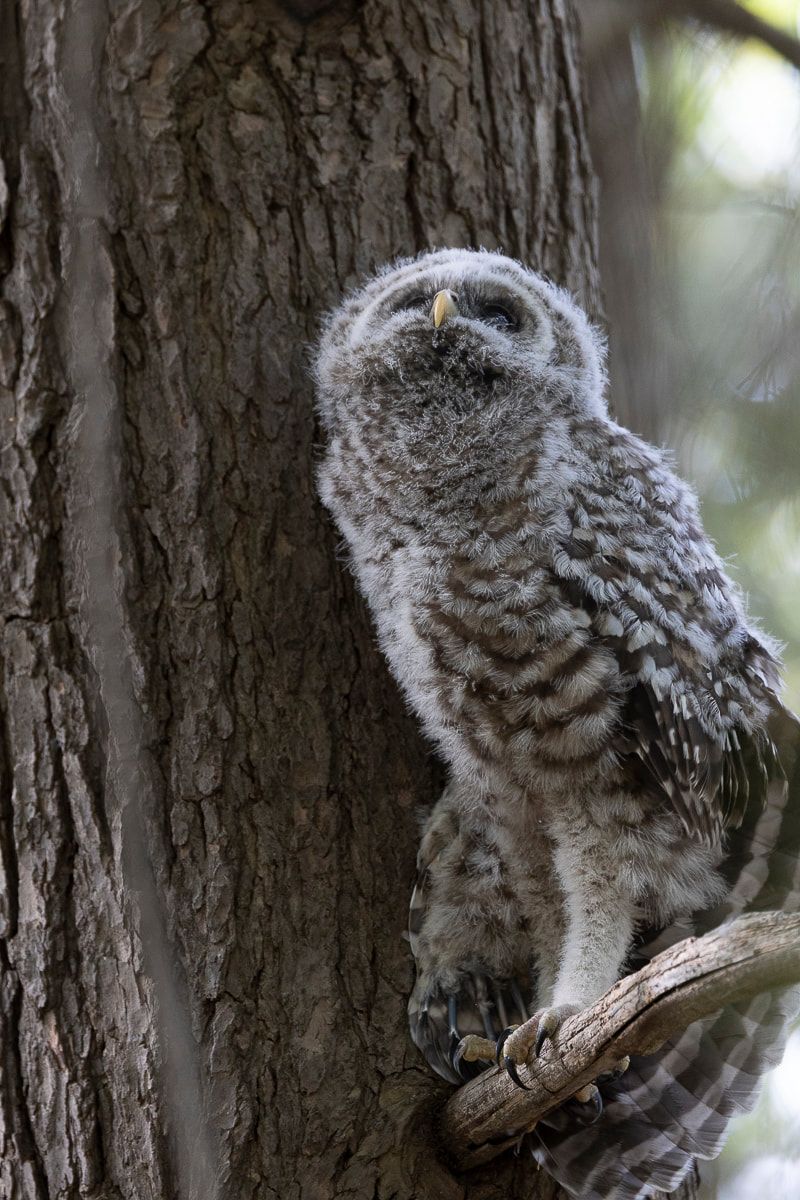
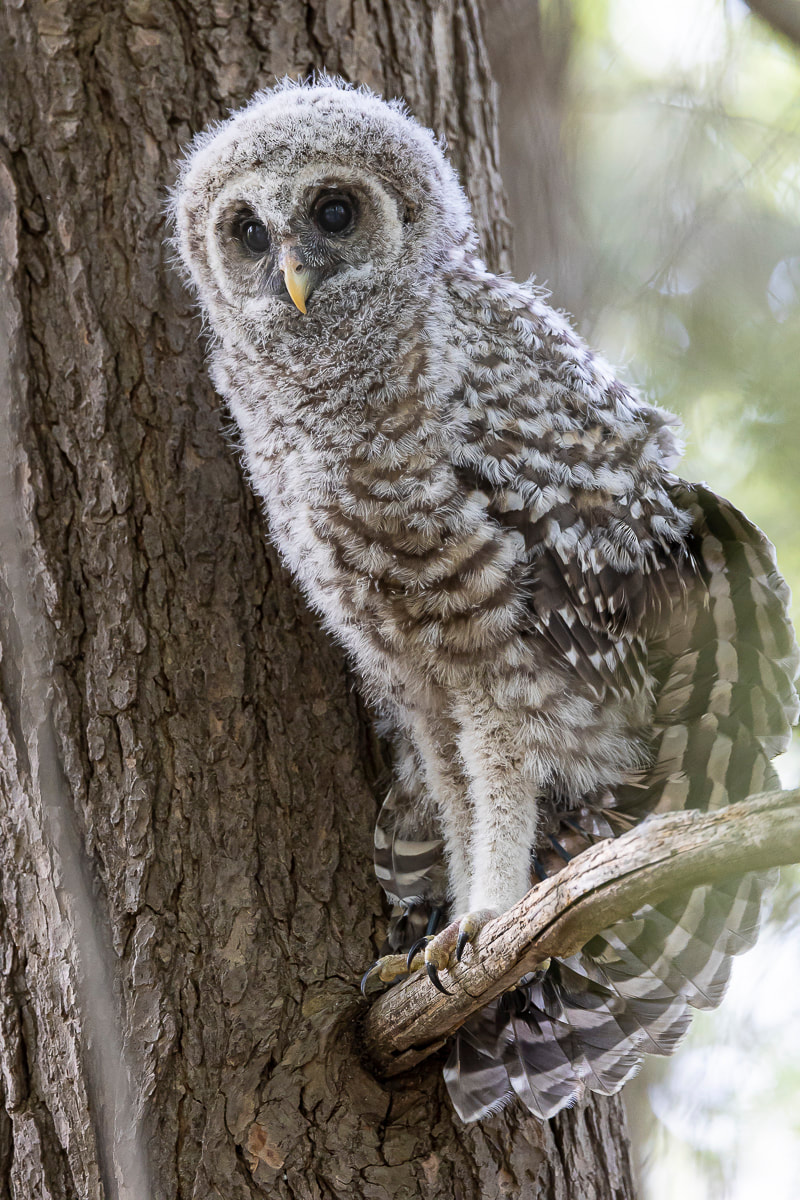
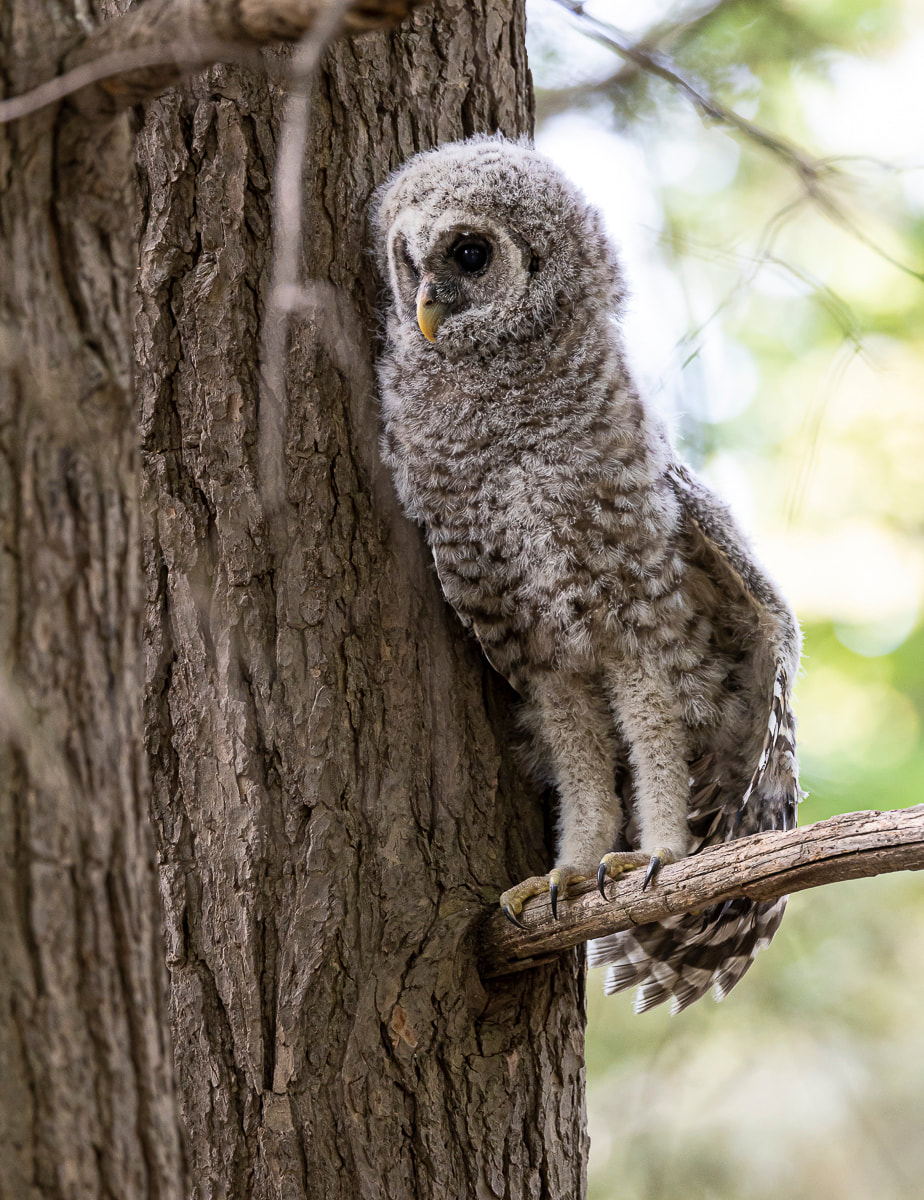
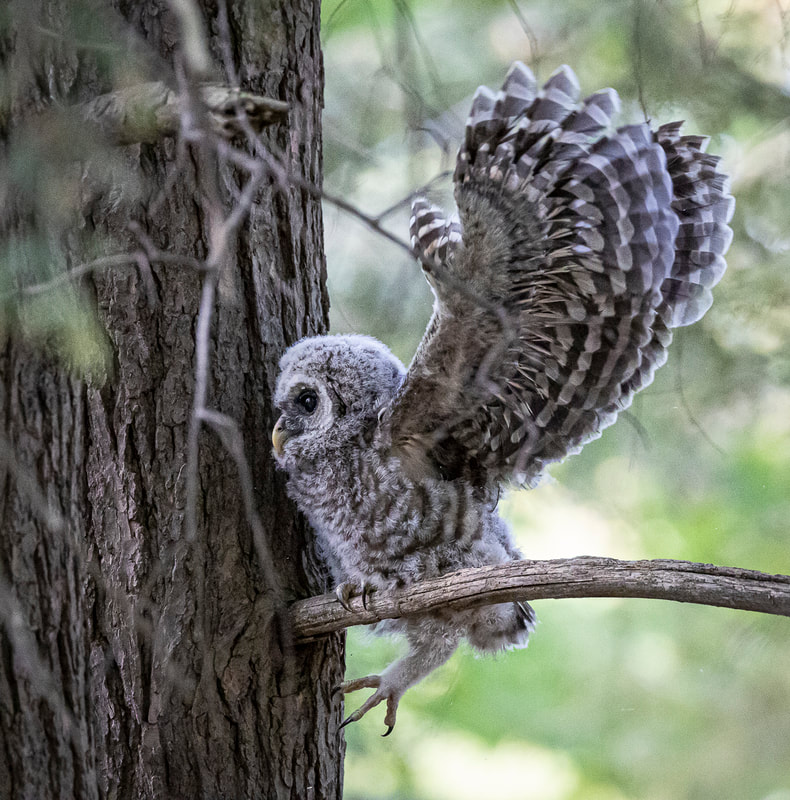
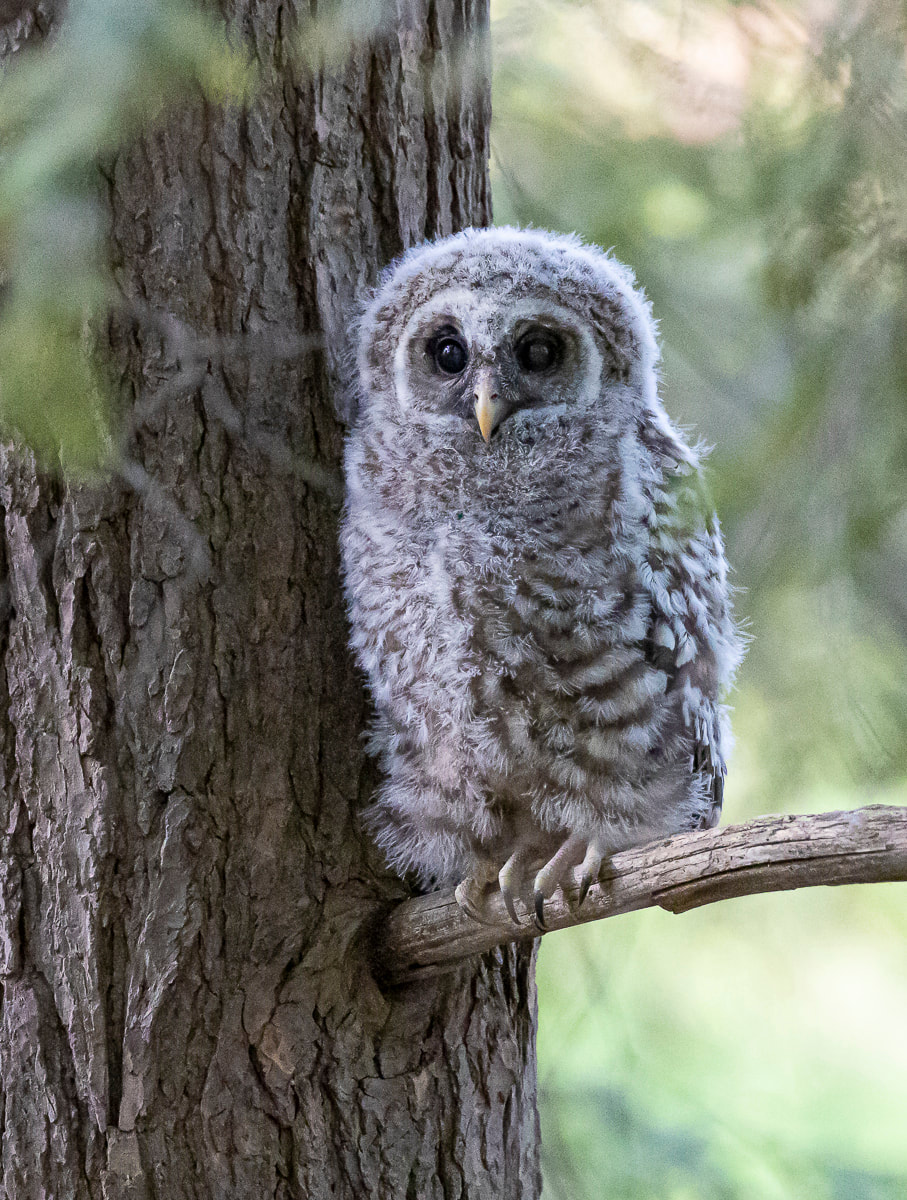

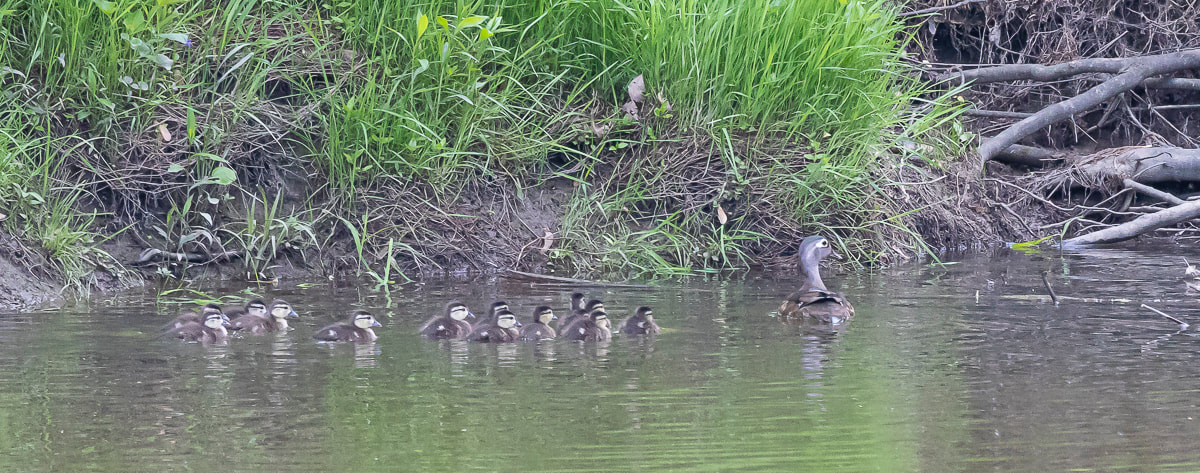
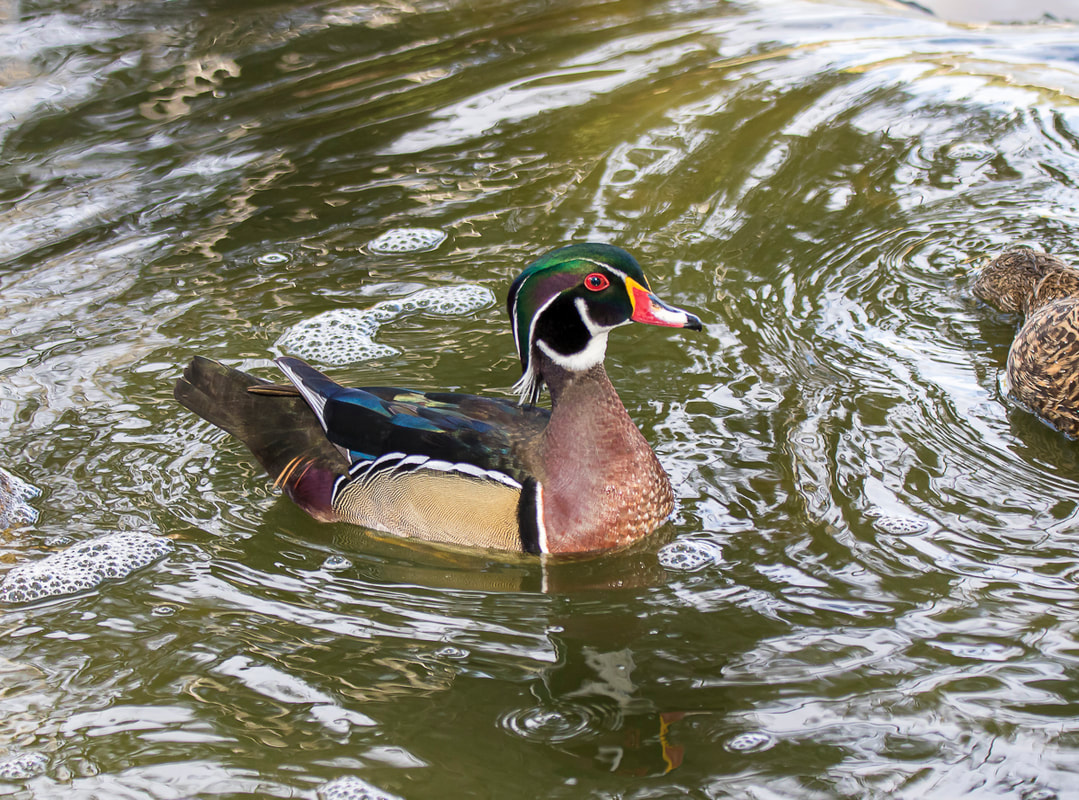
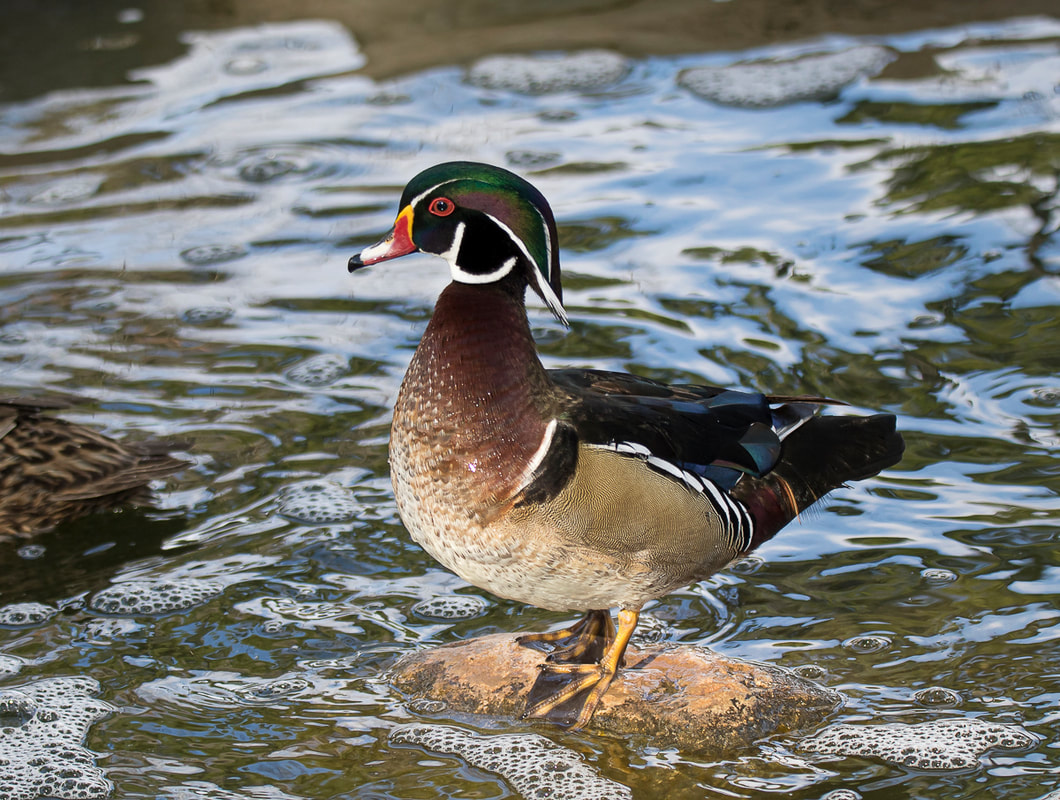
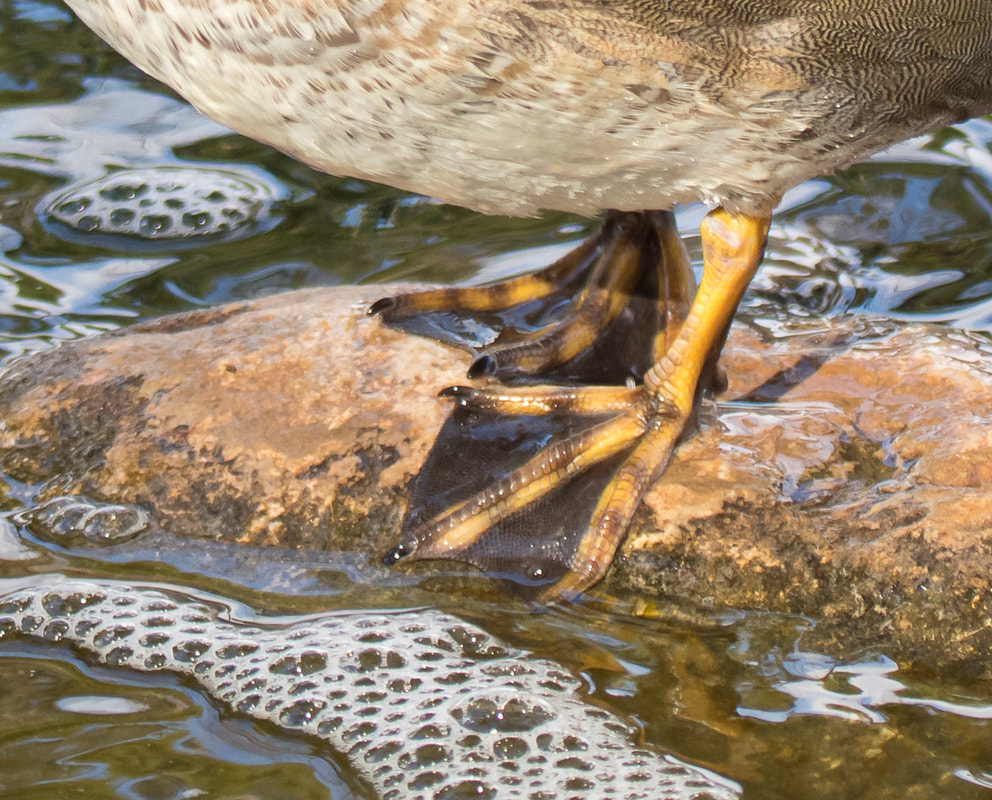
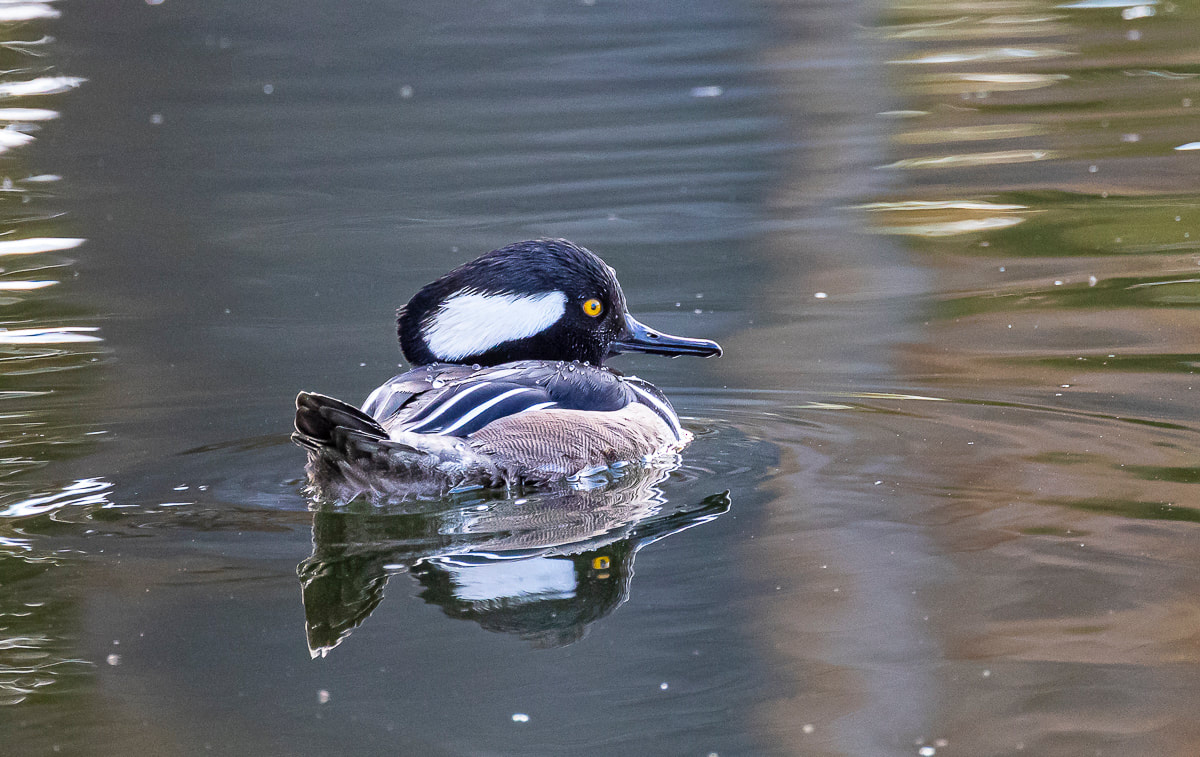
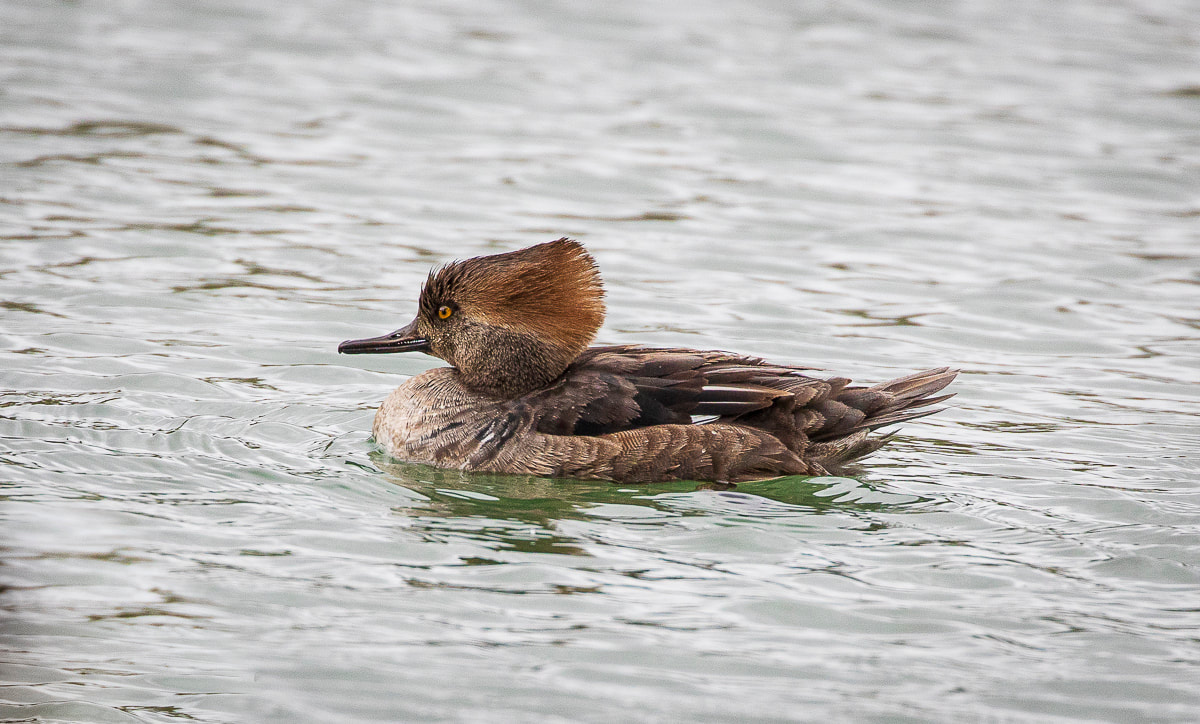


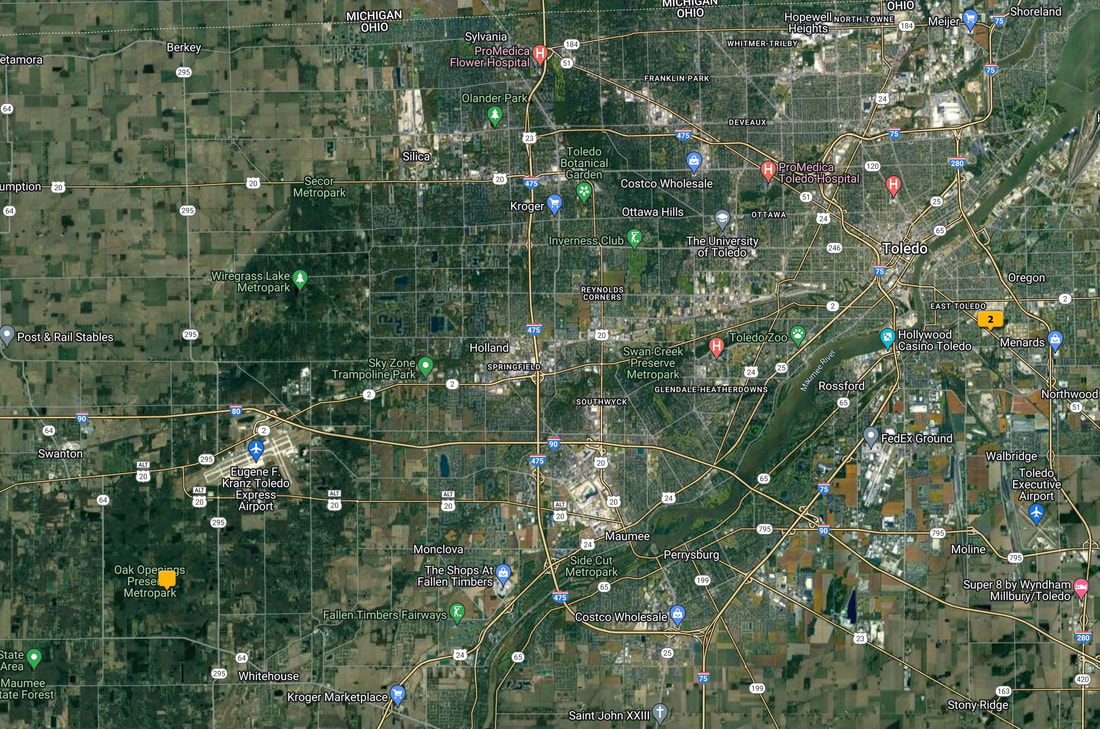
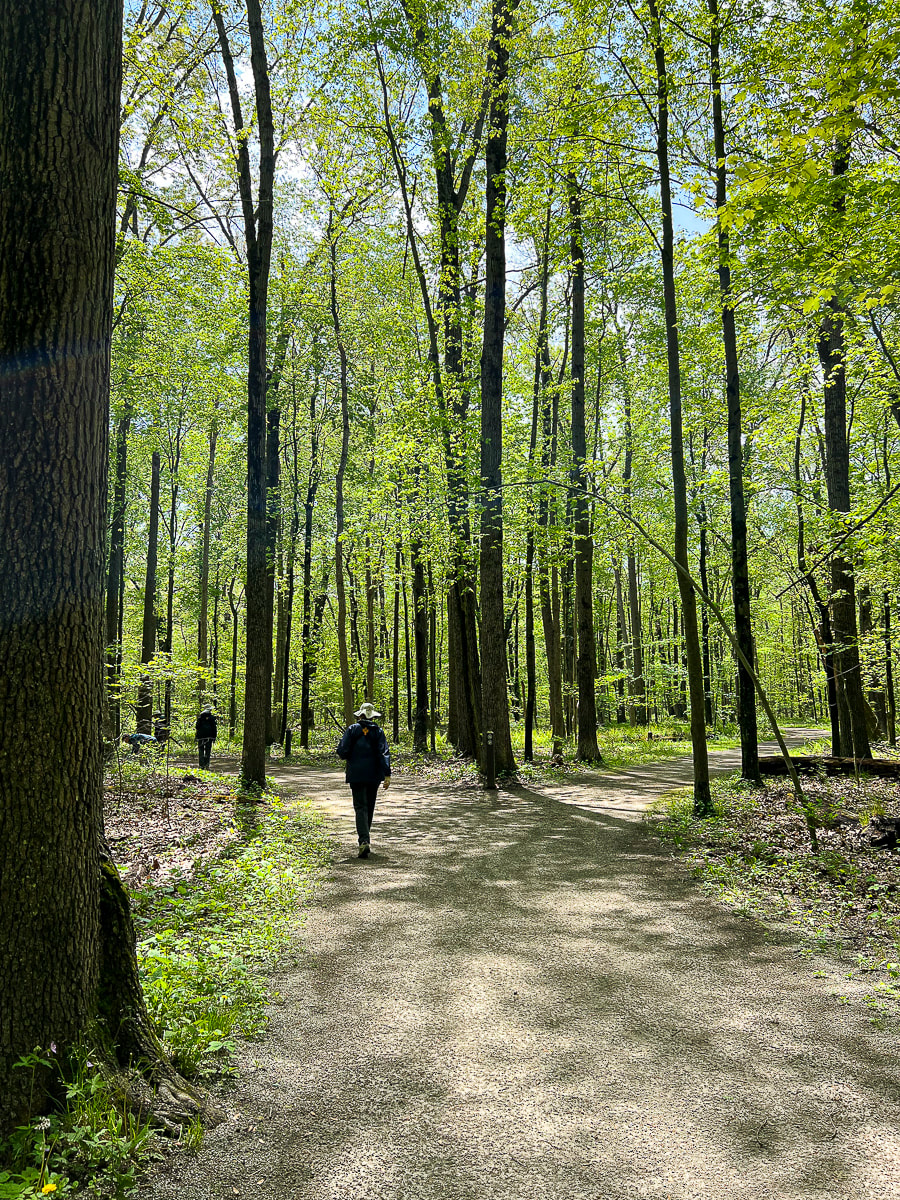
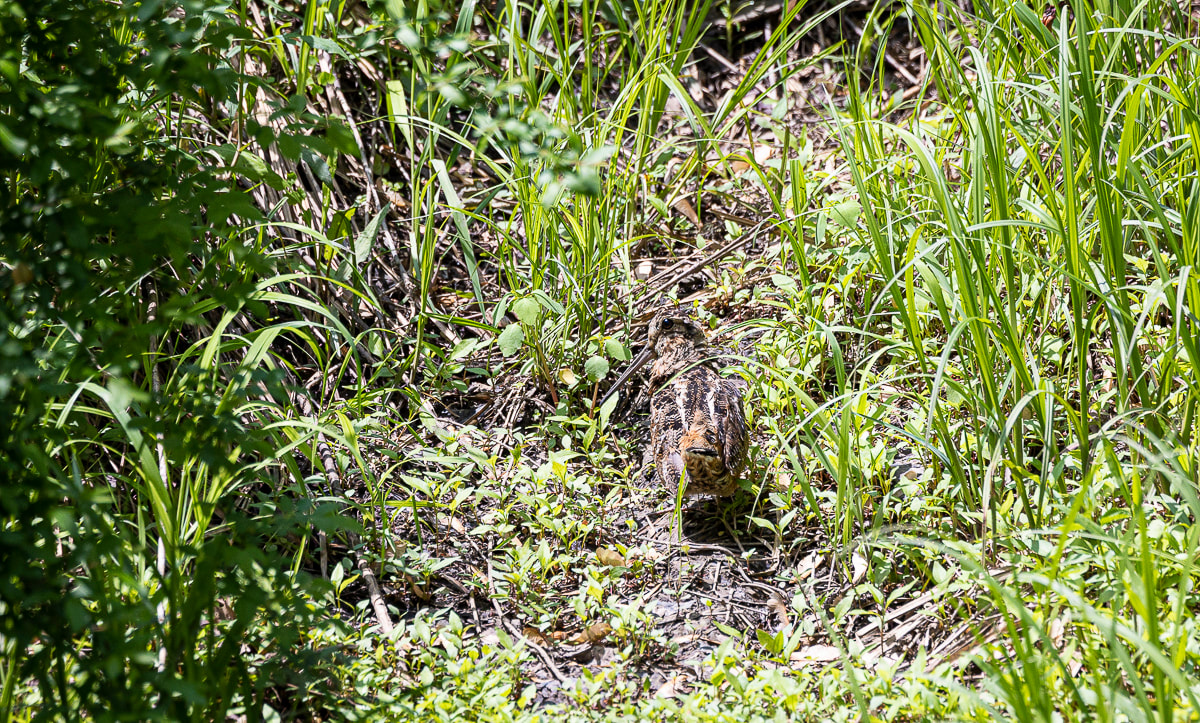
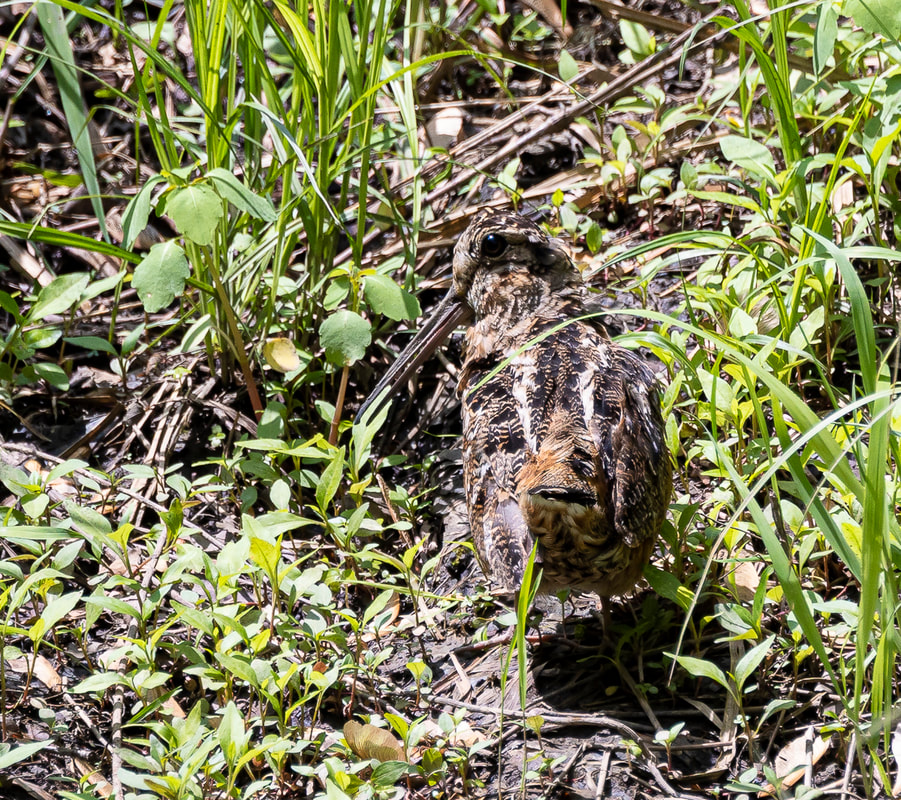
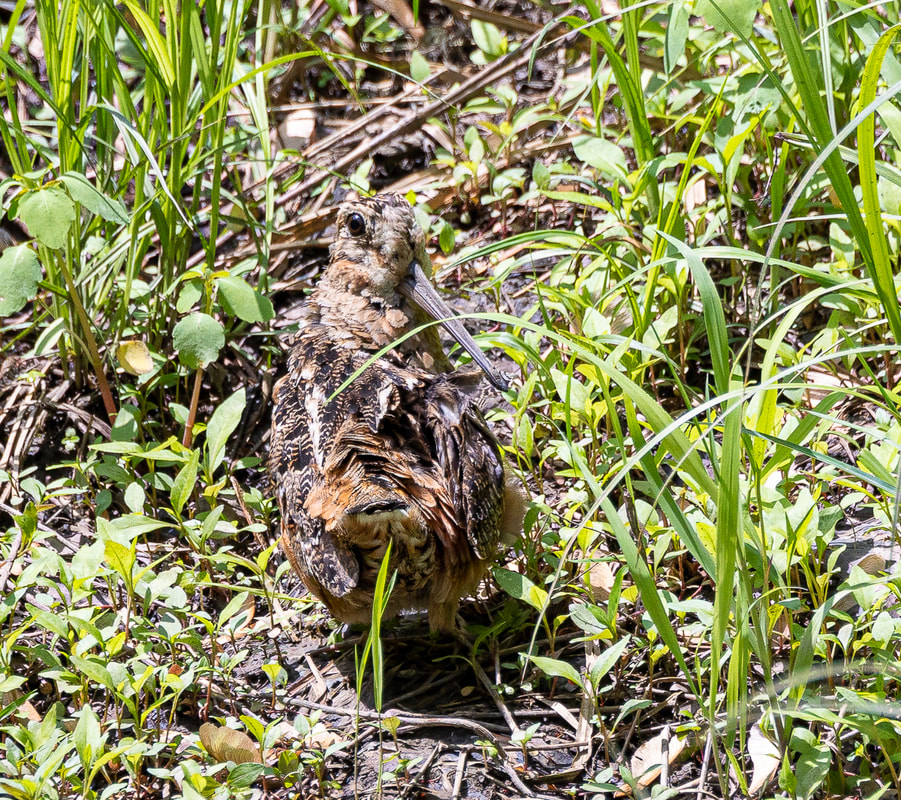
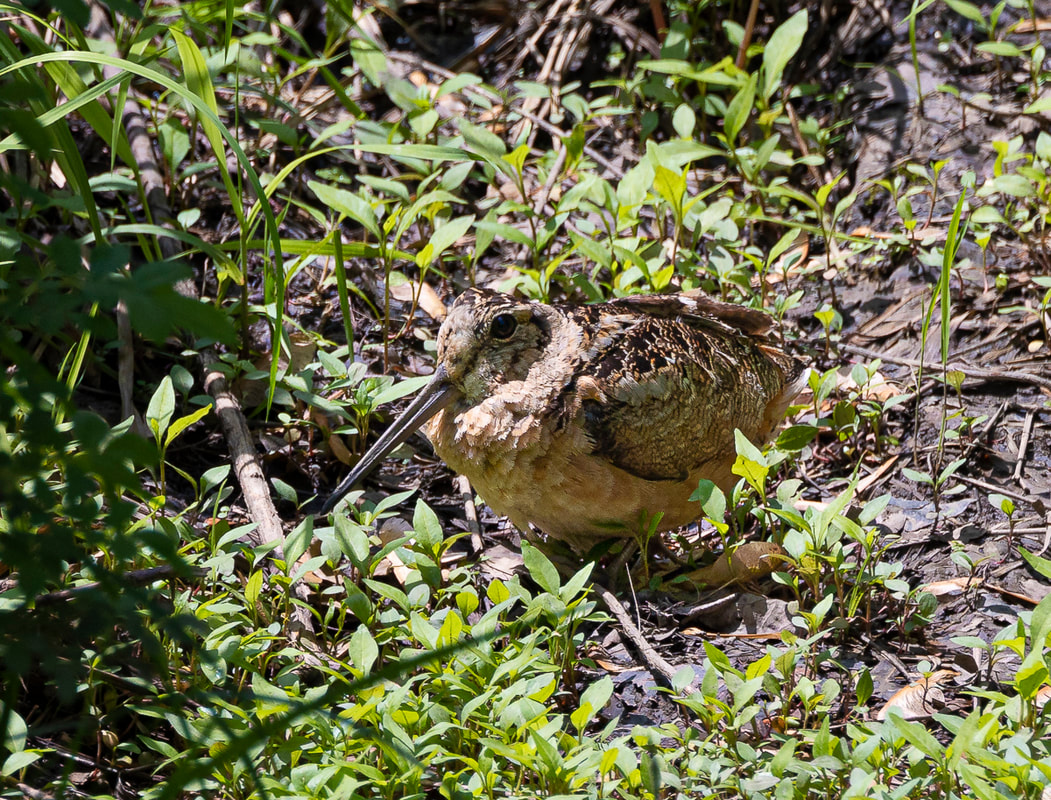
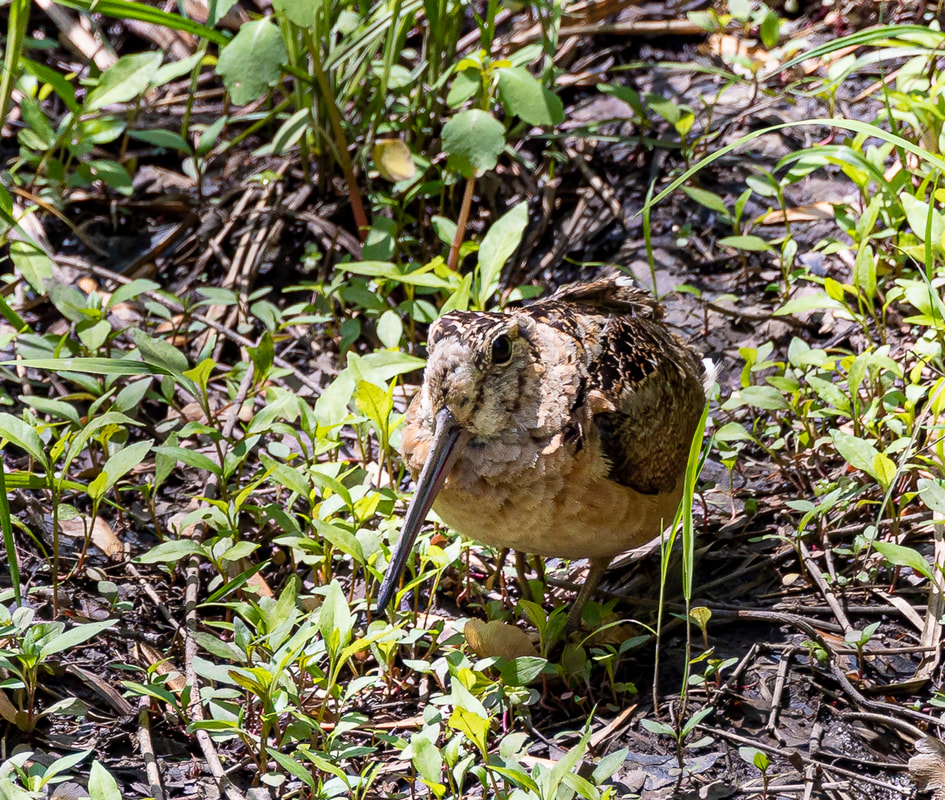
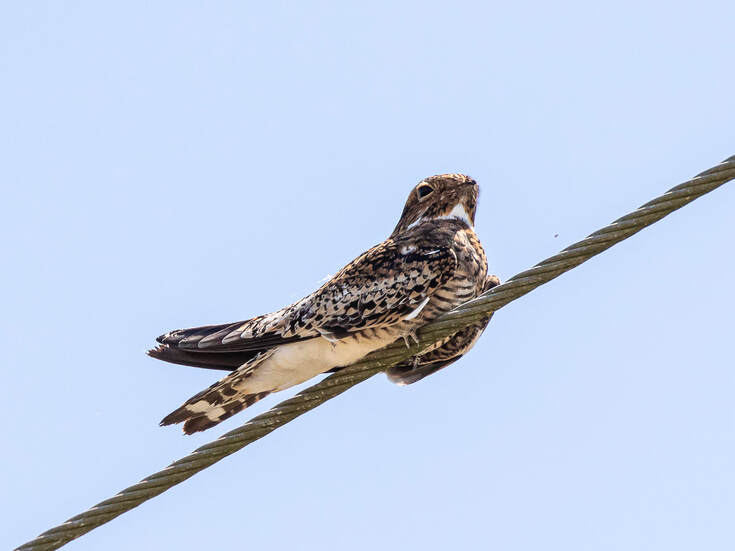
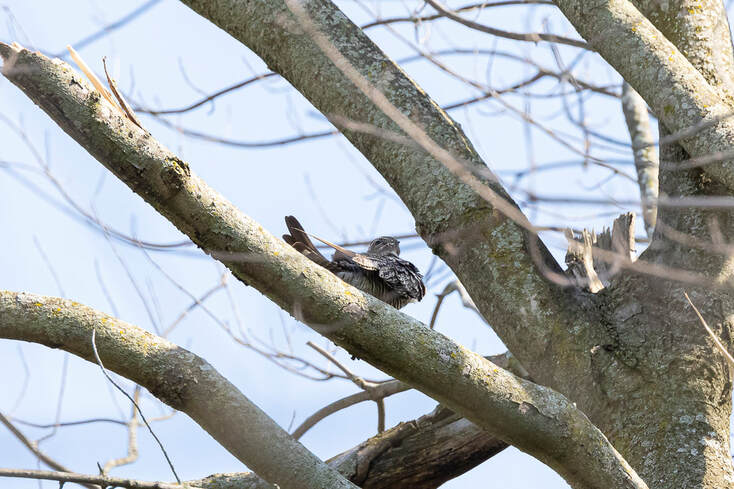
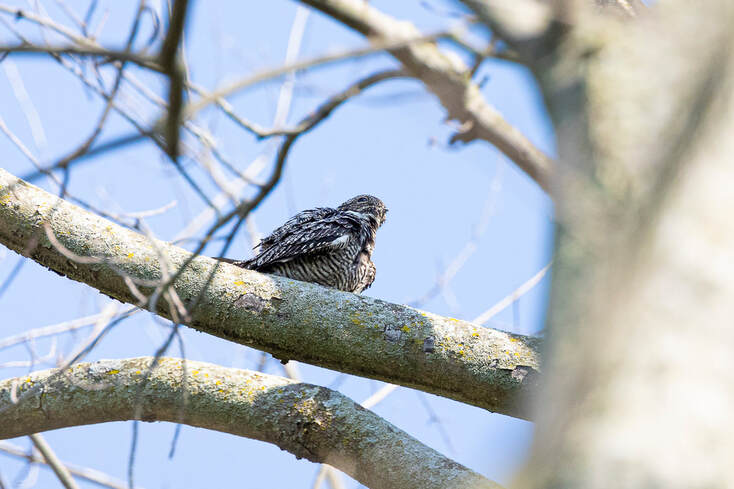
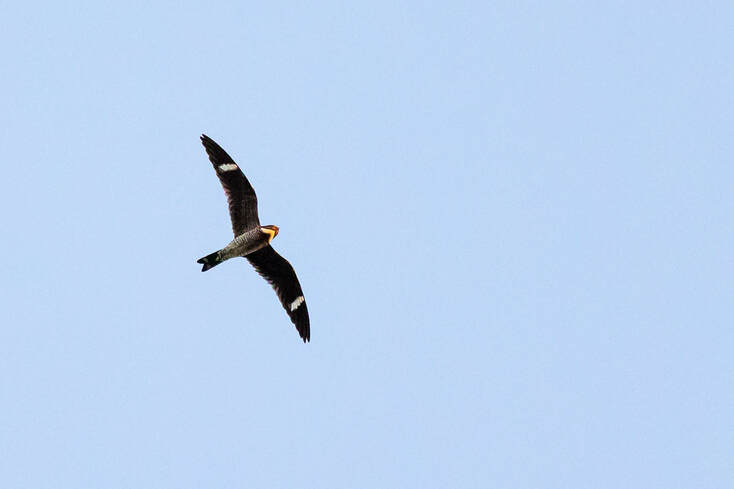
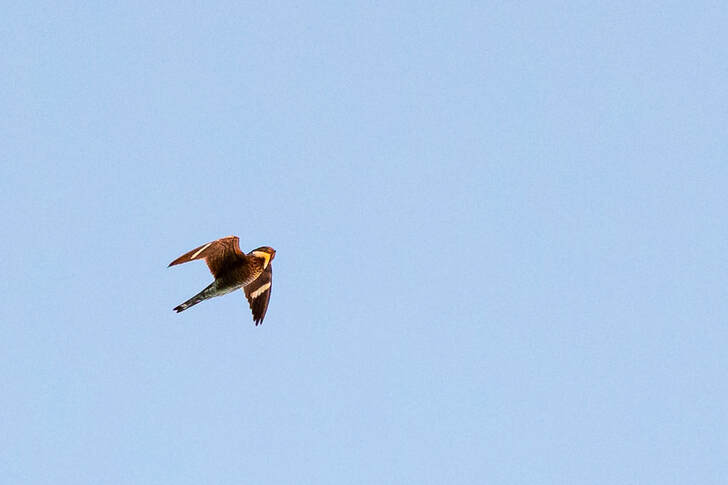
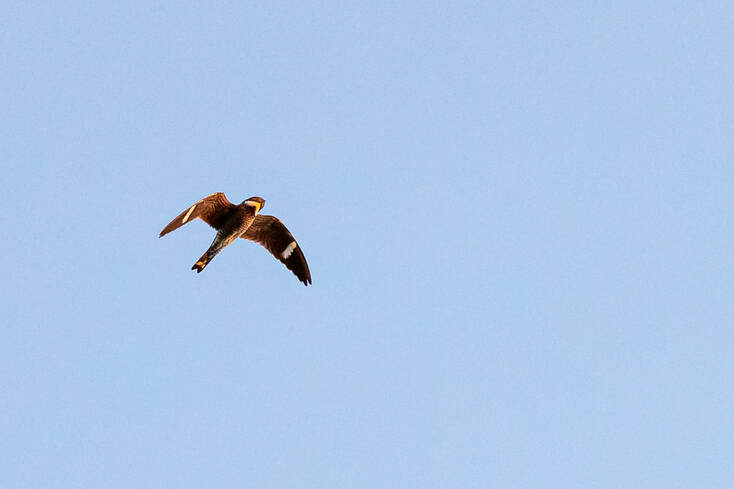
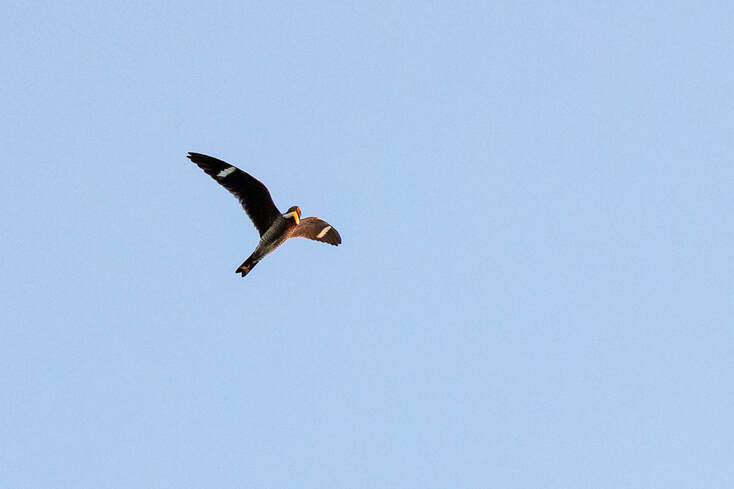
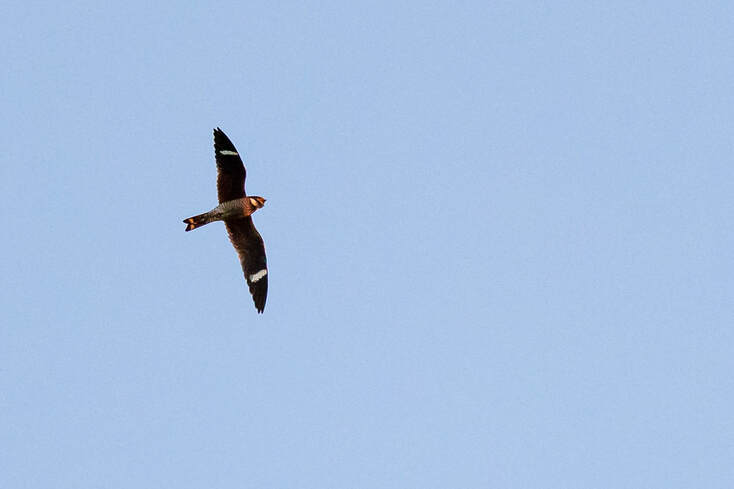

 RSS Feed
RSS Feed